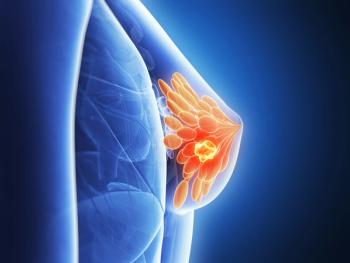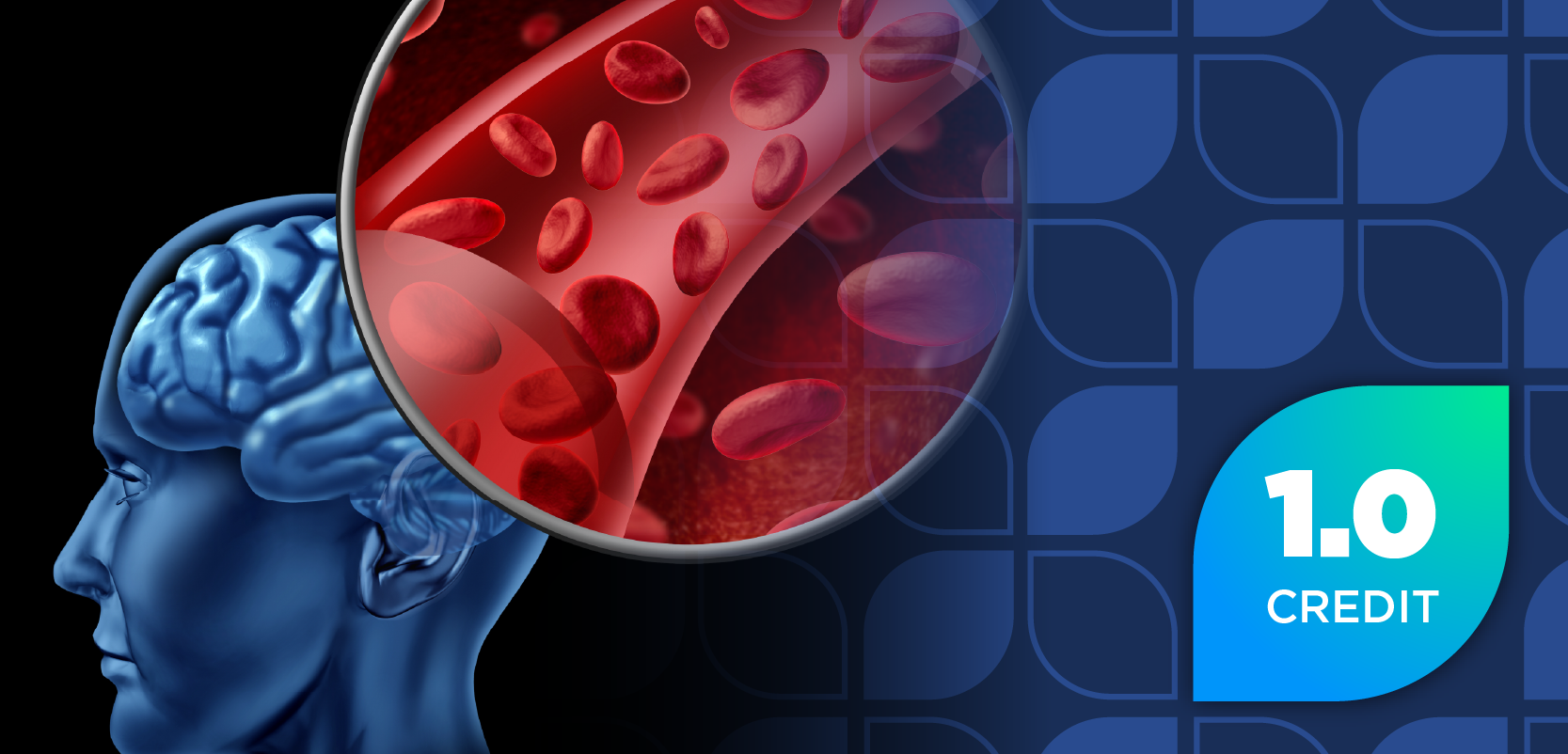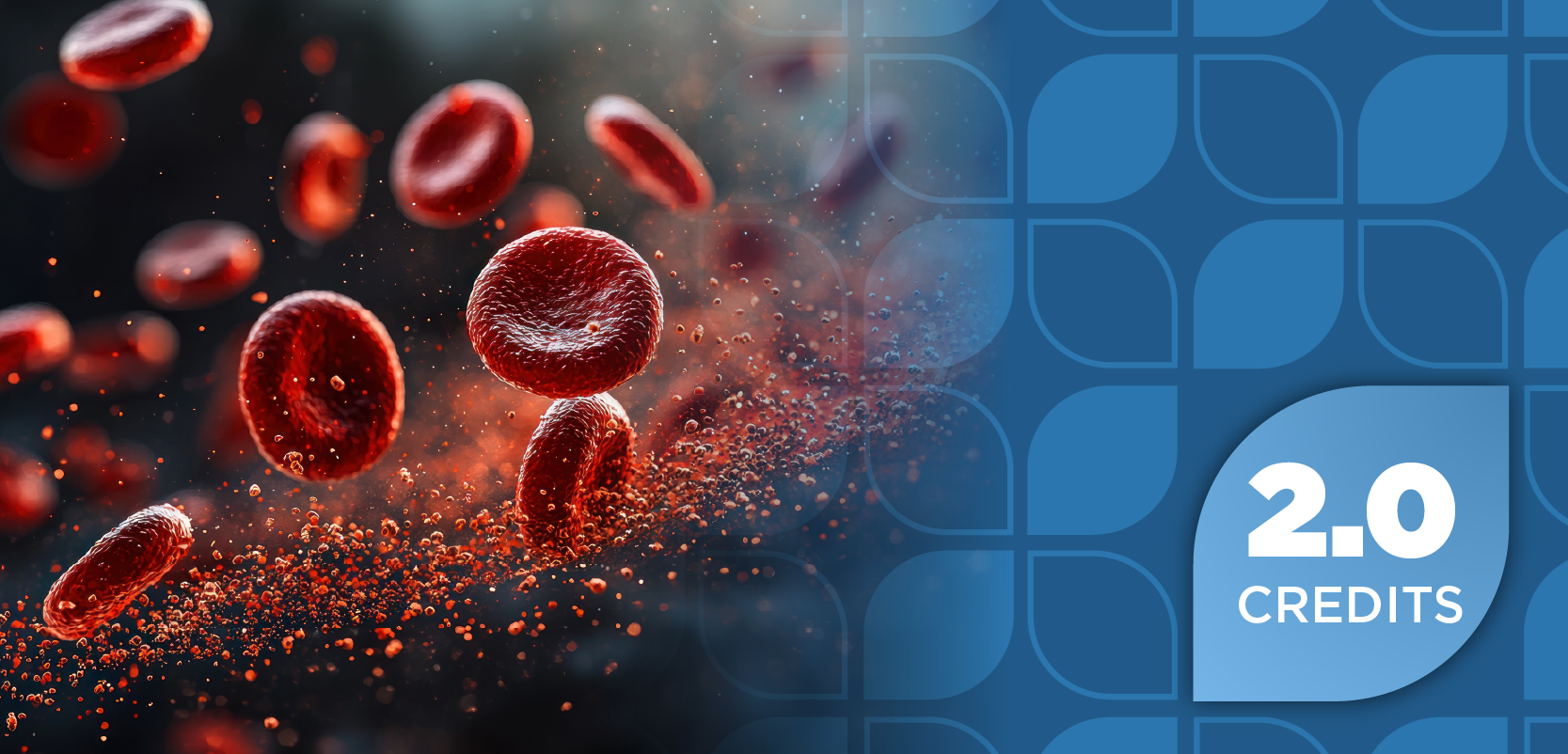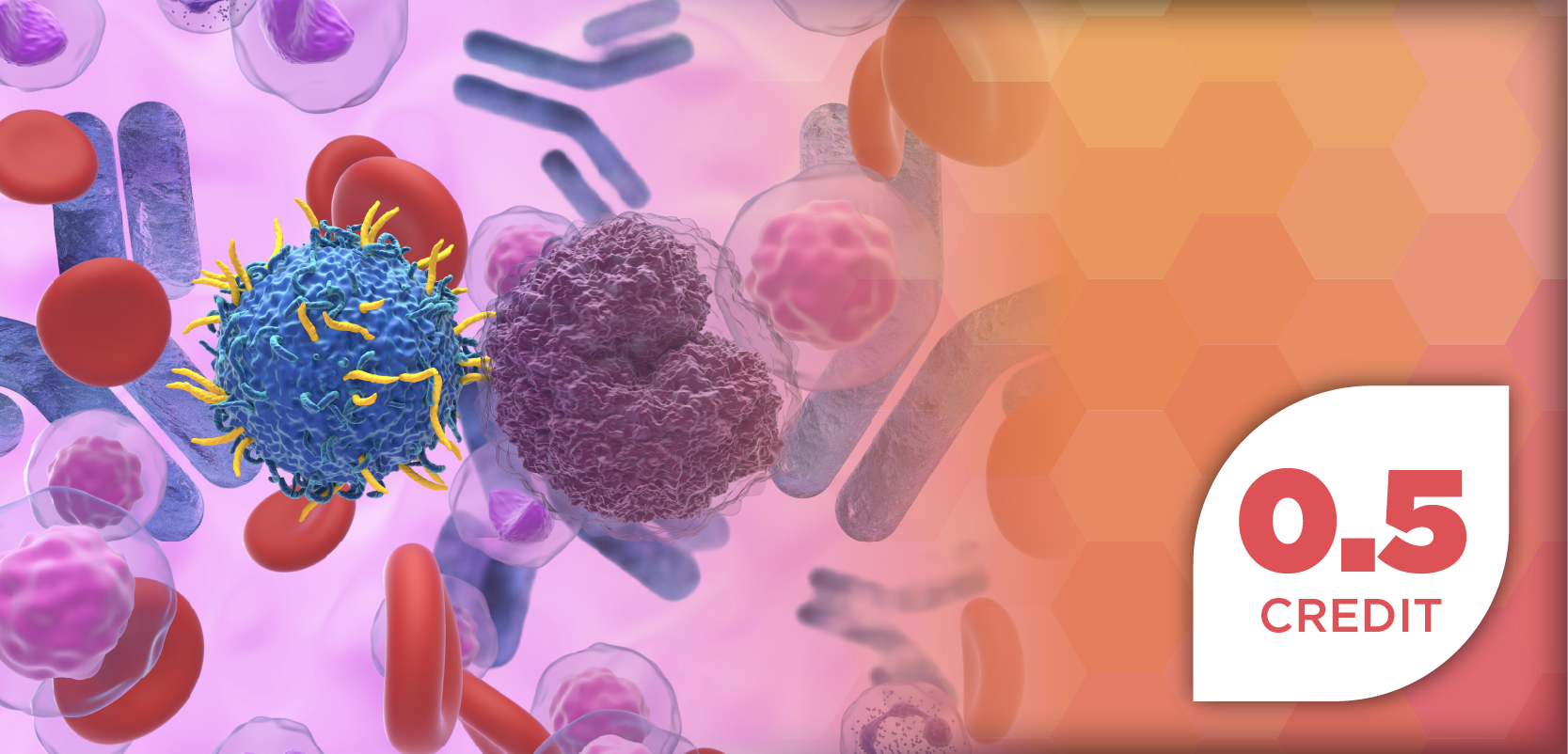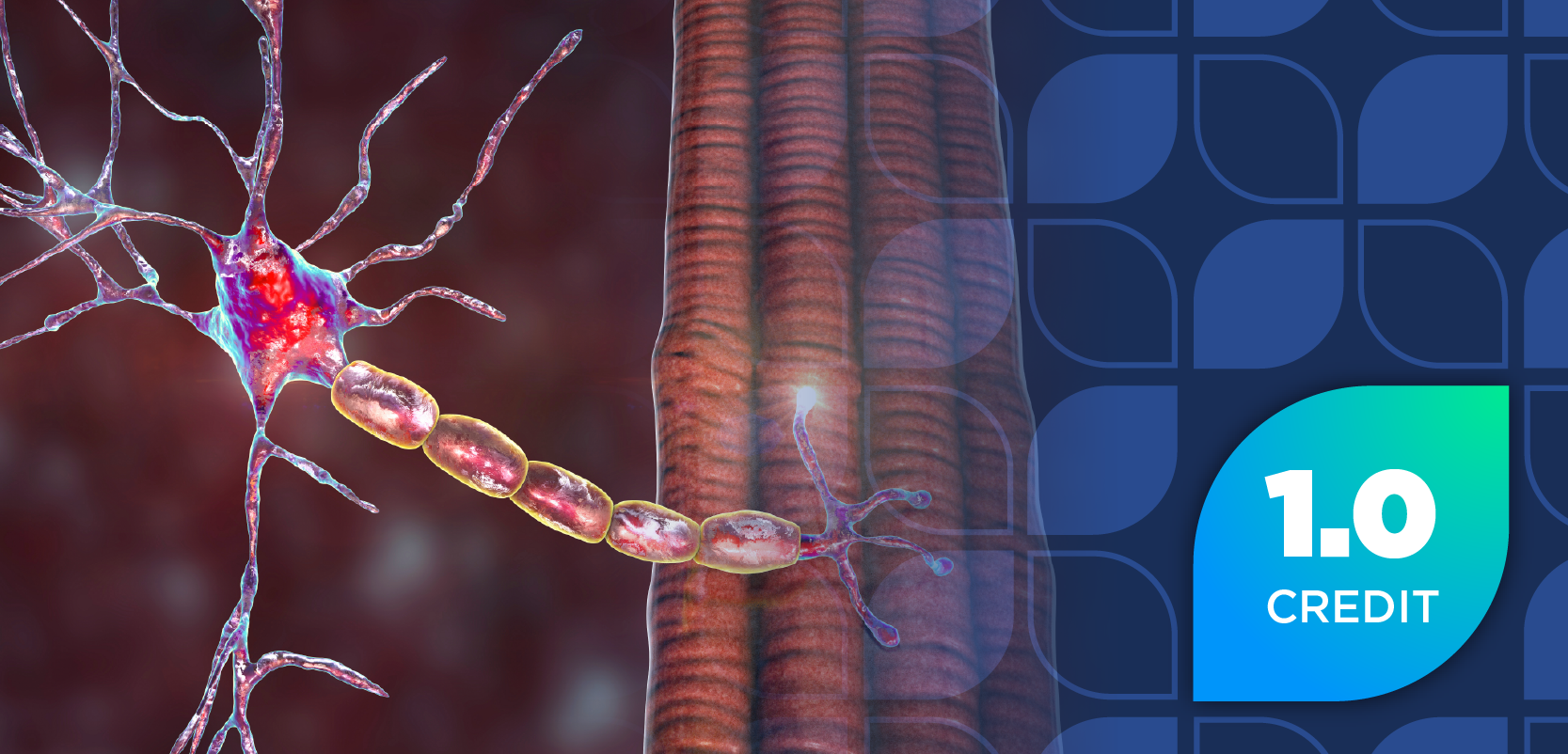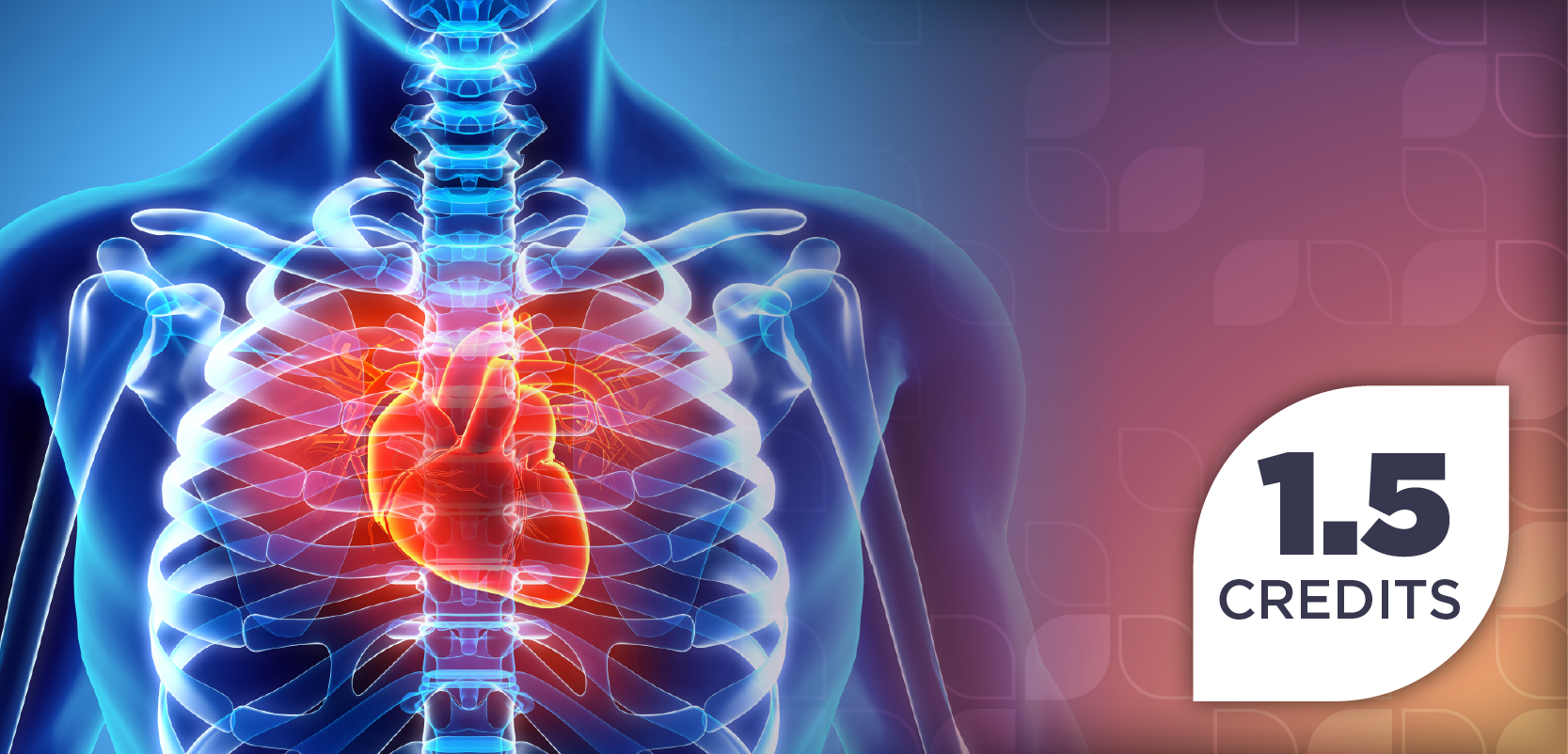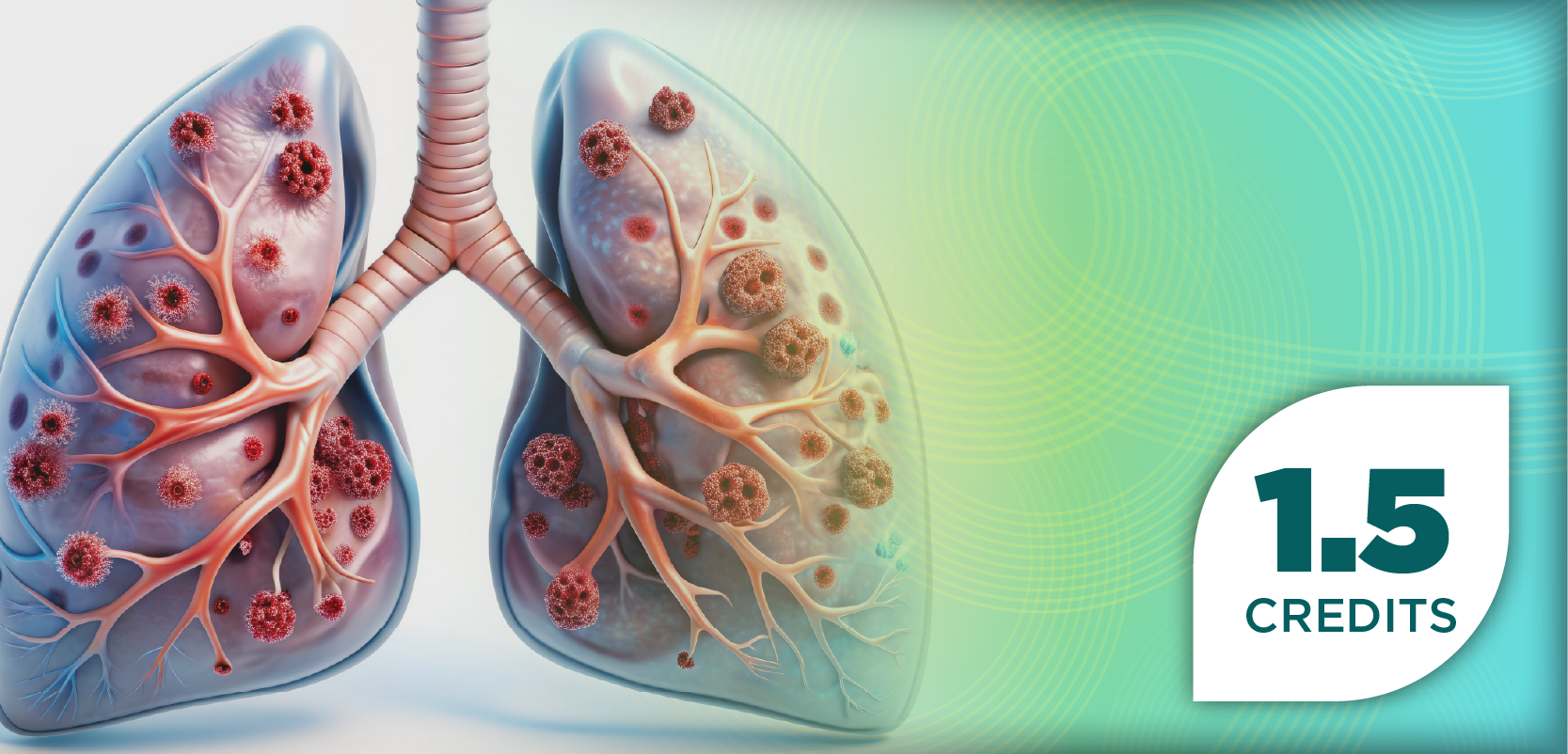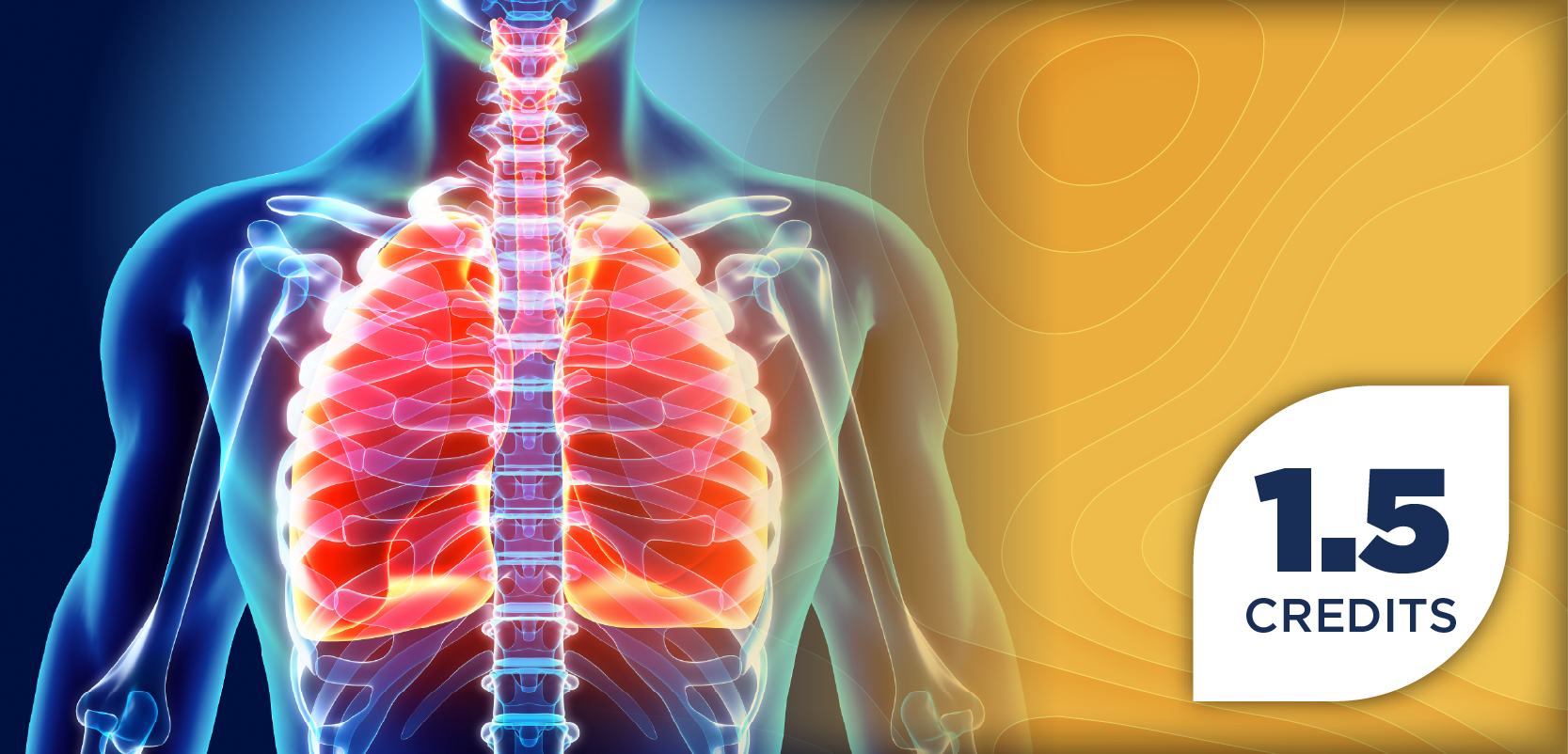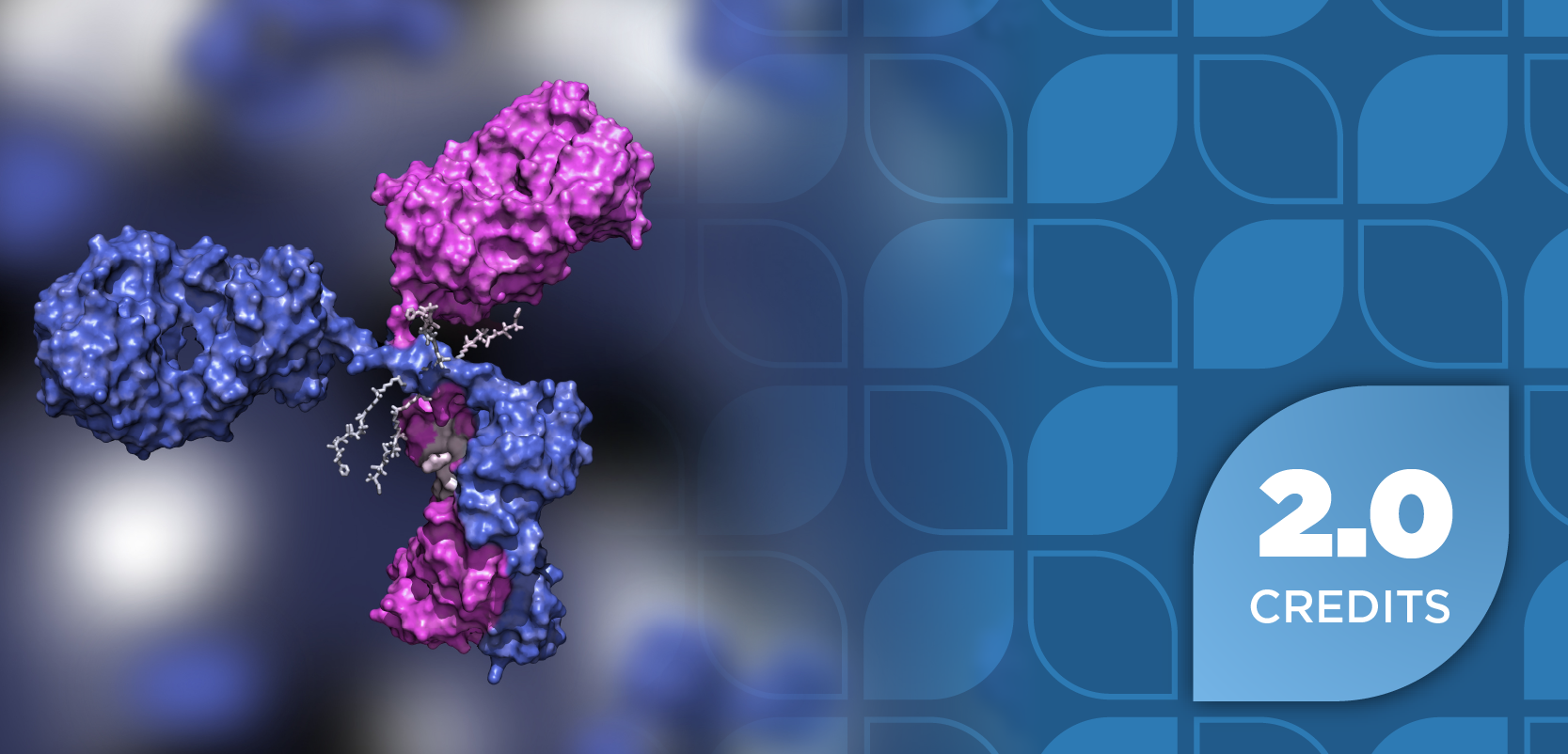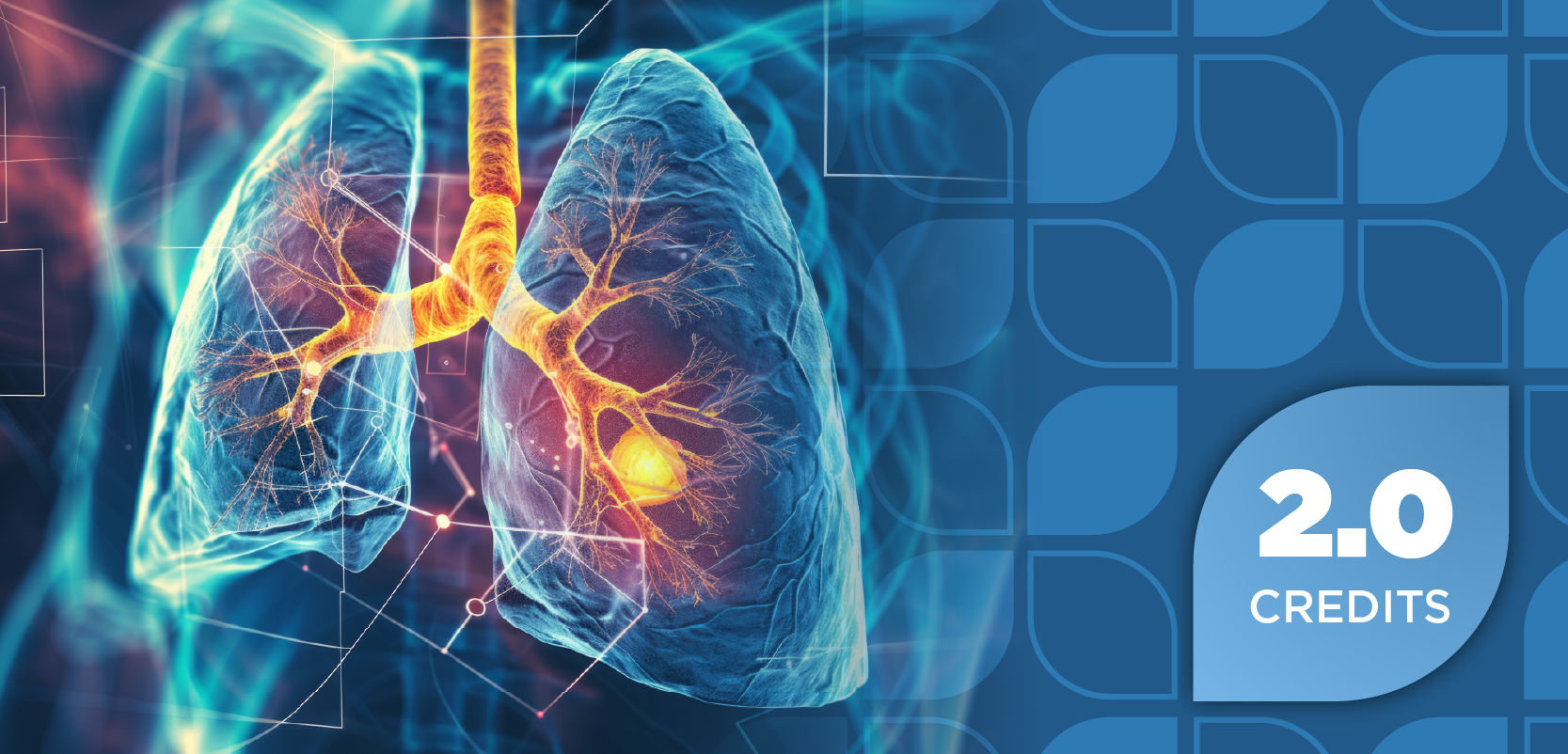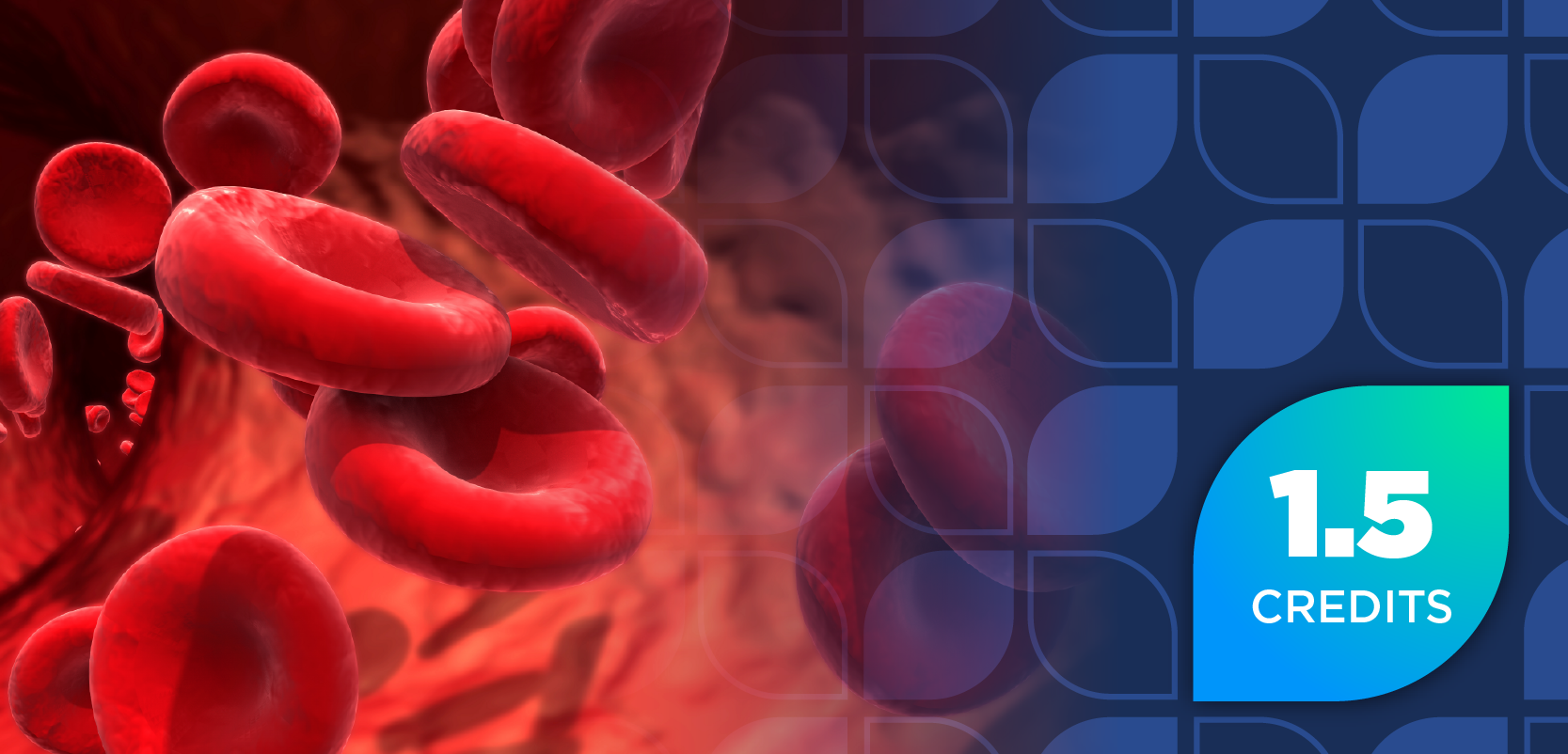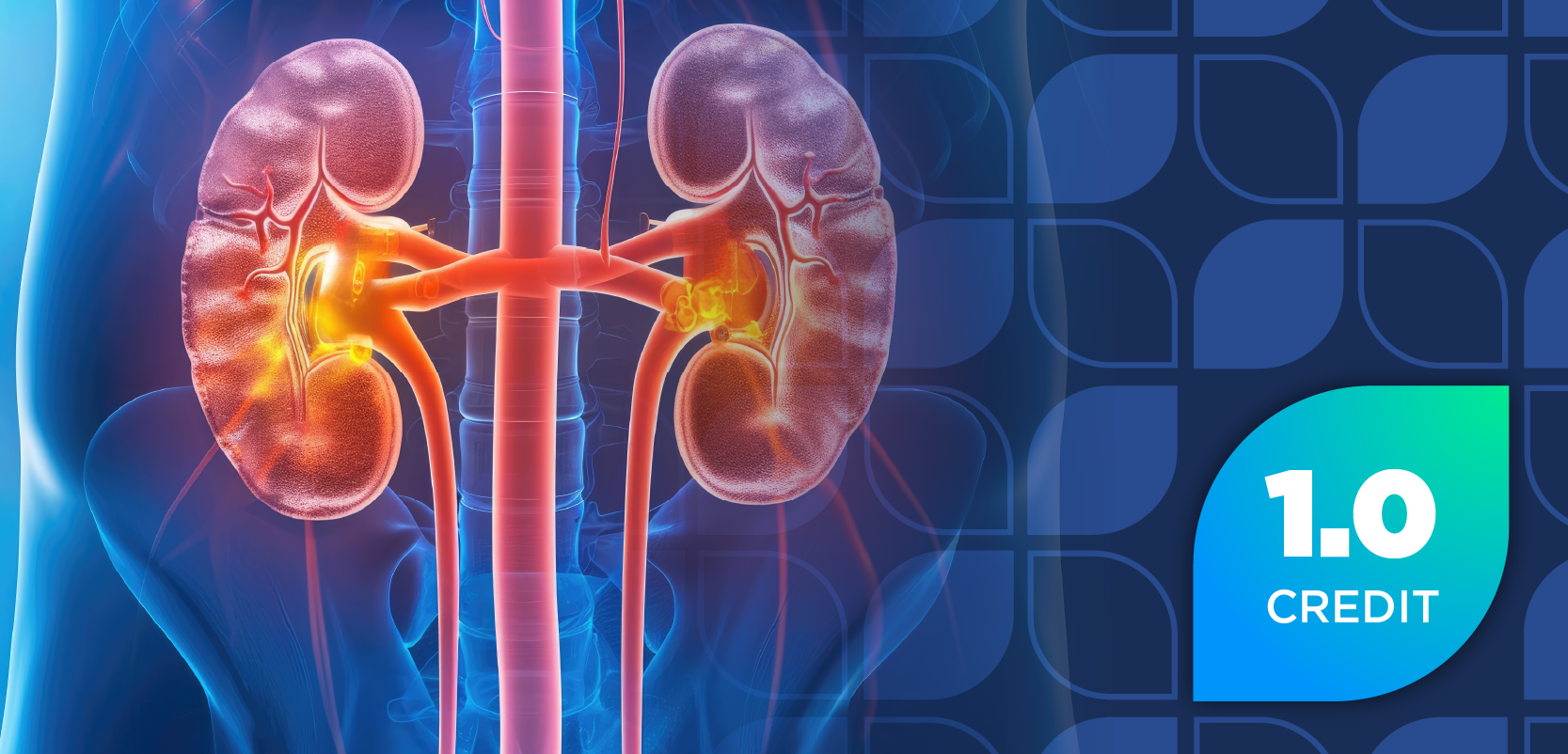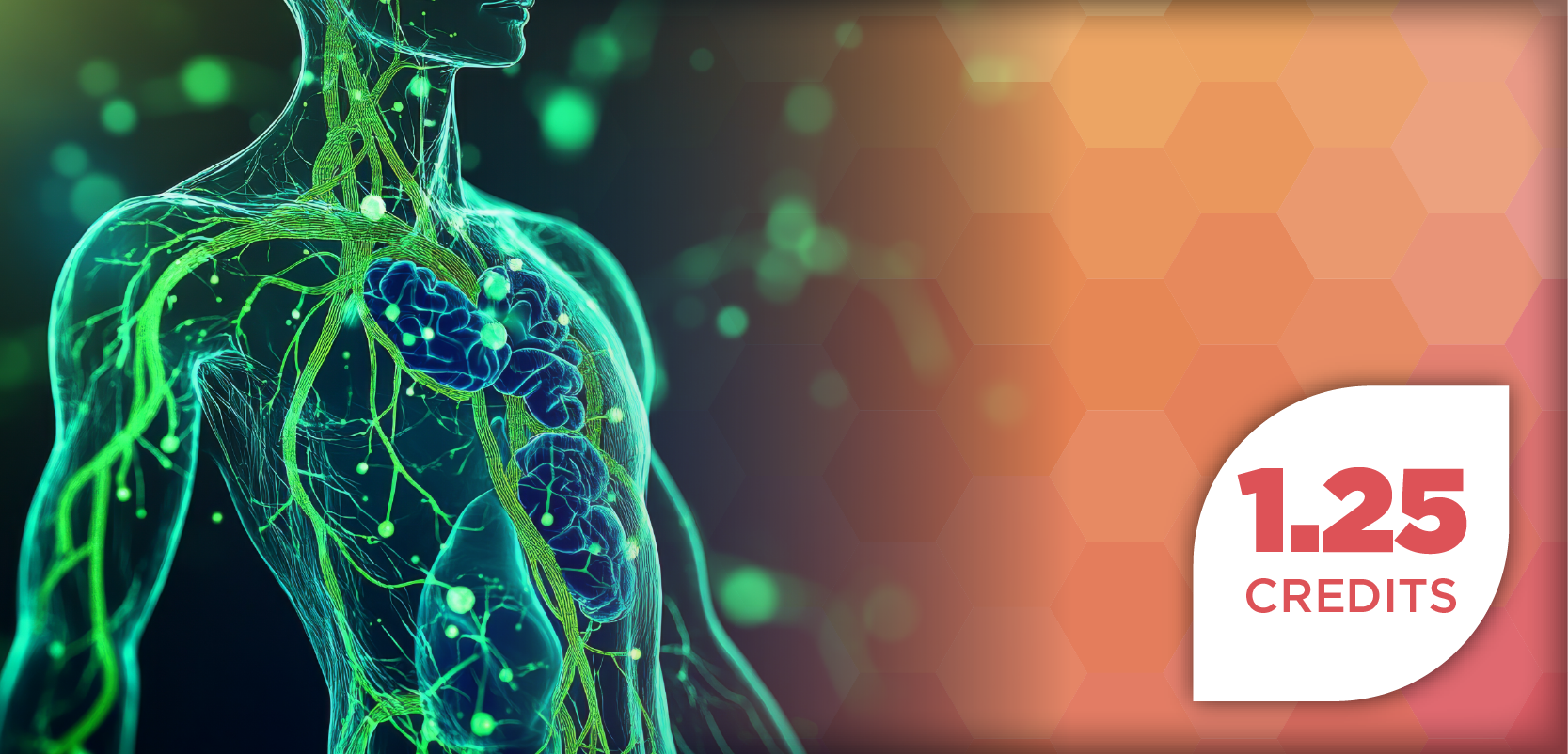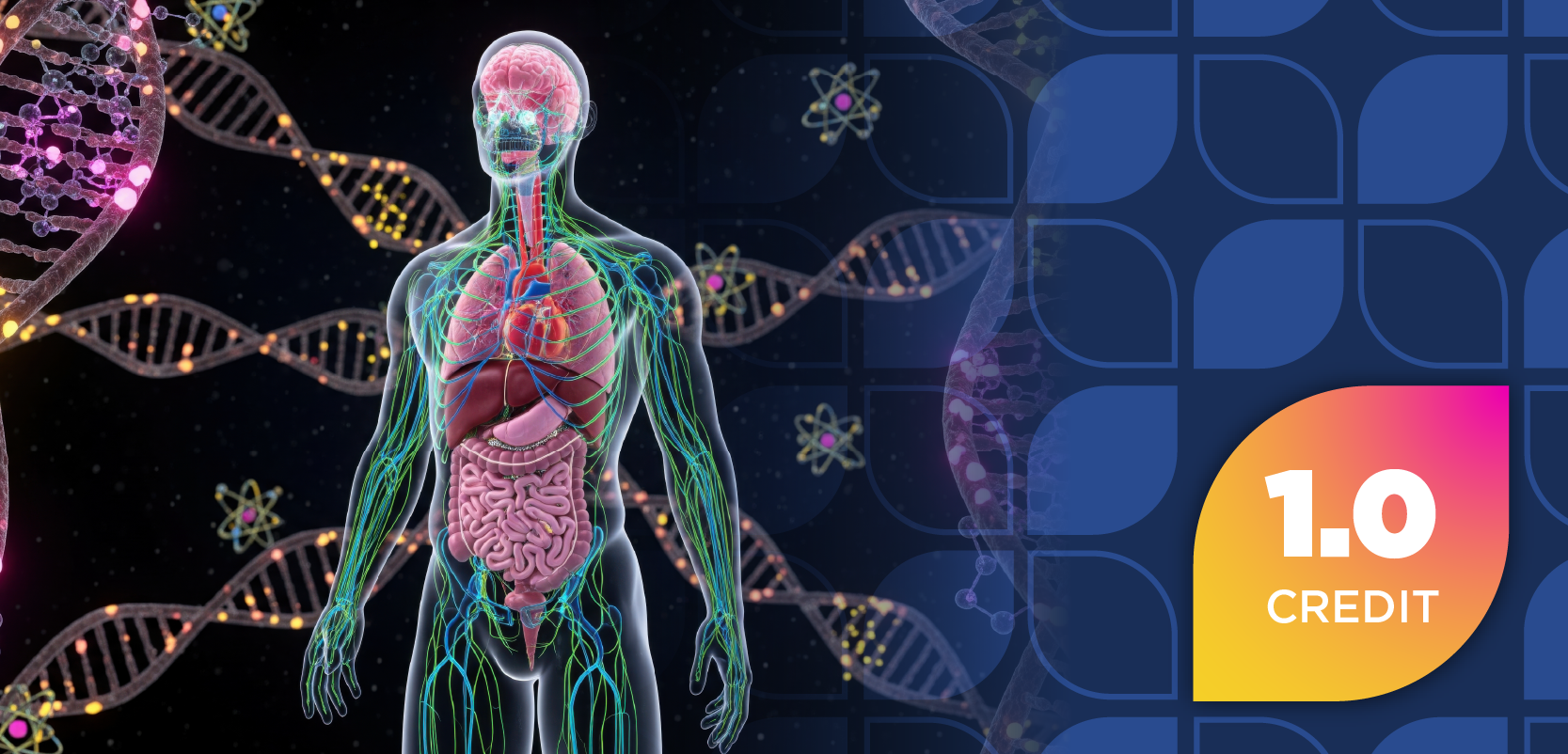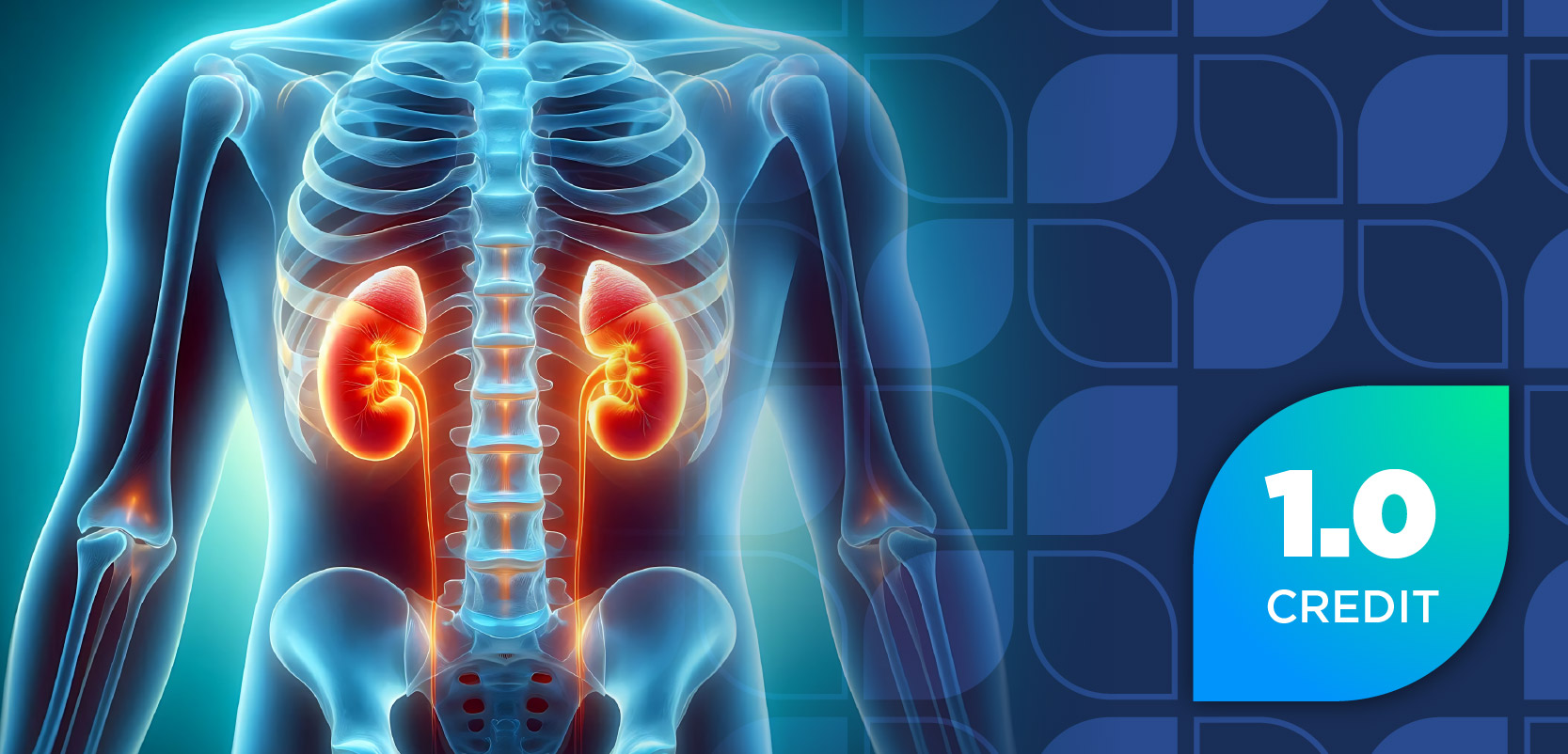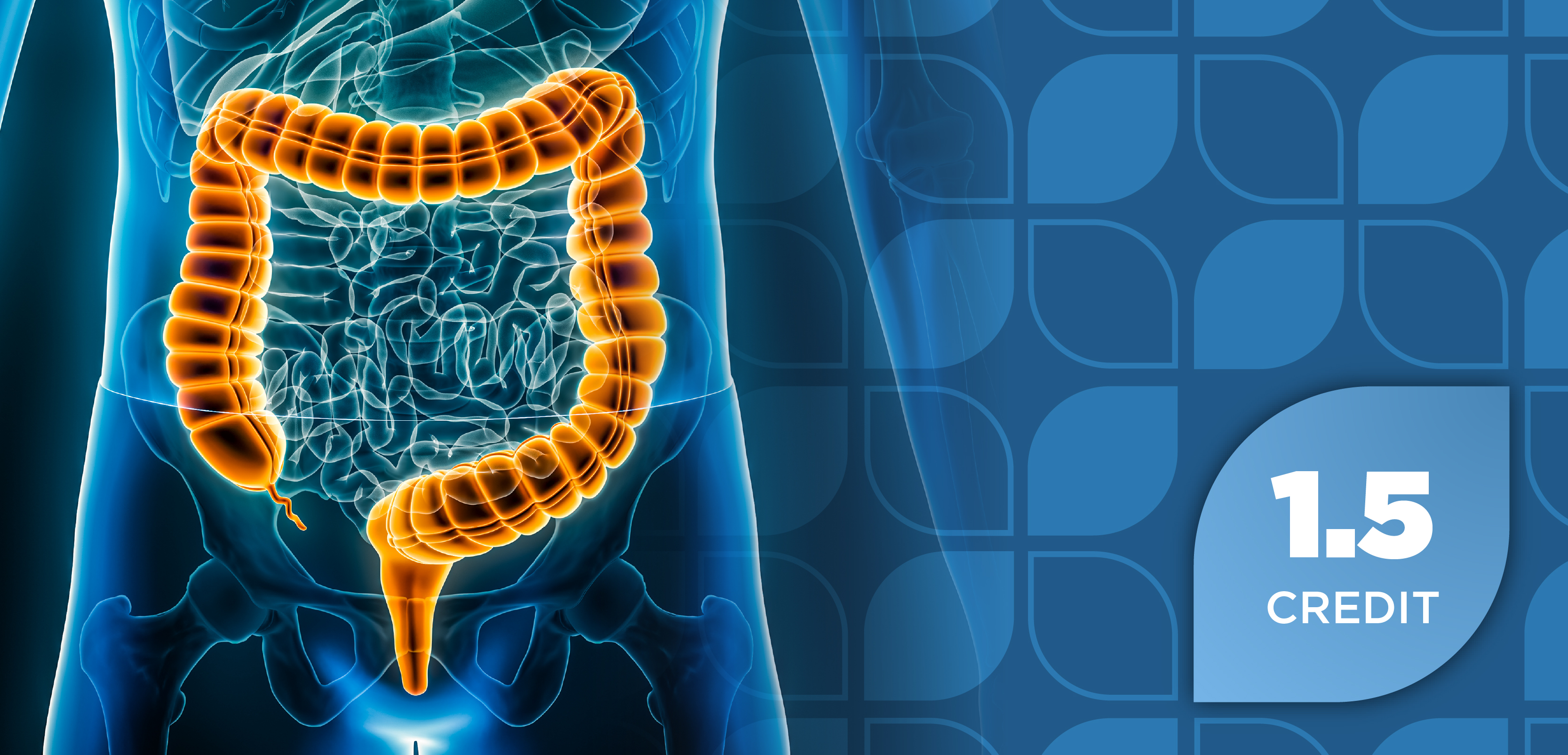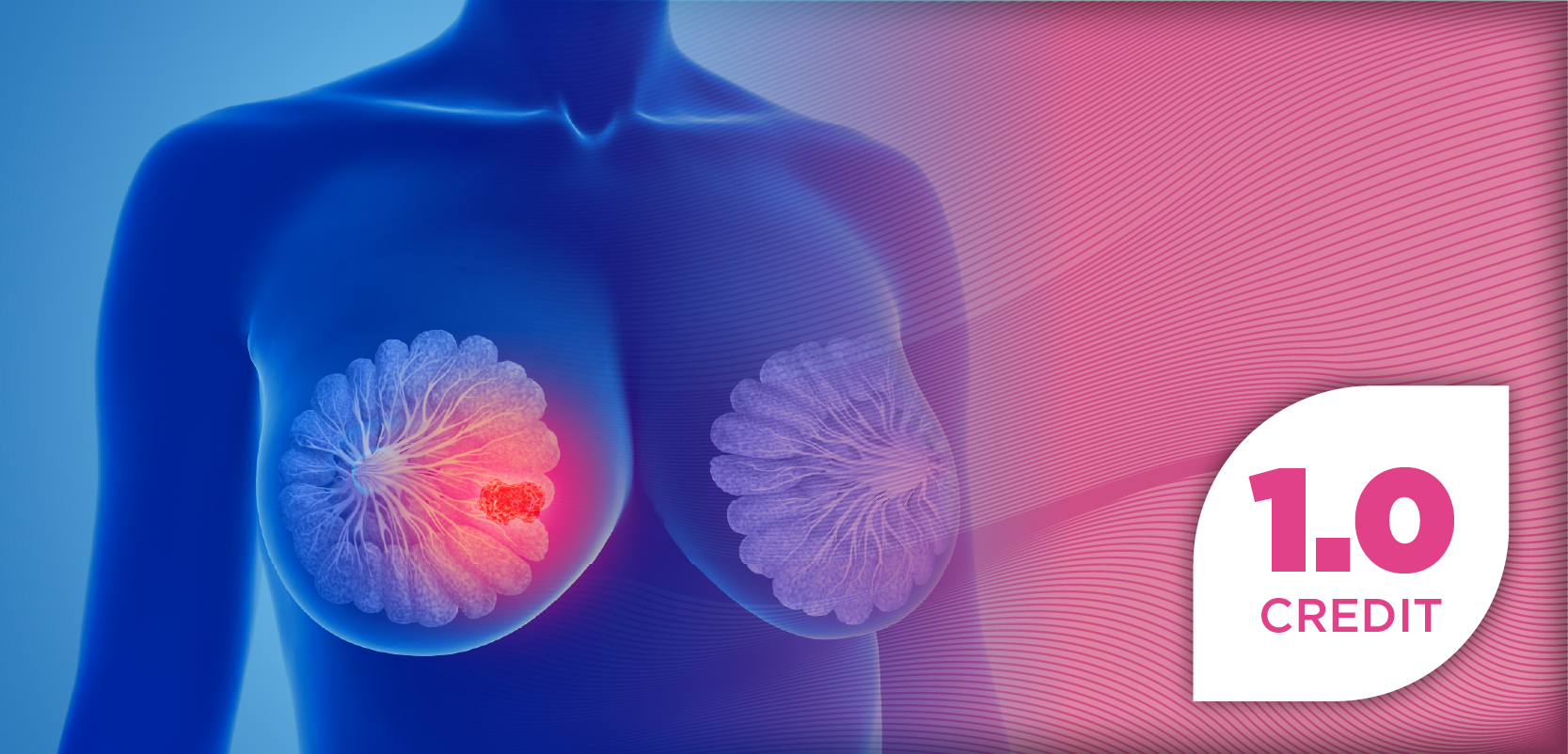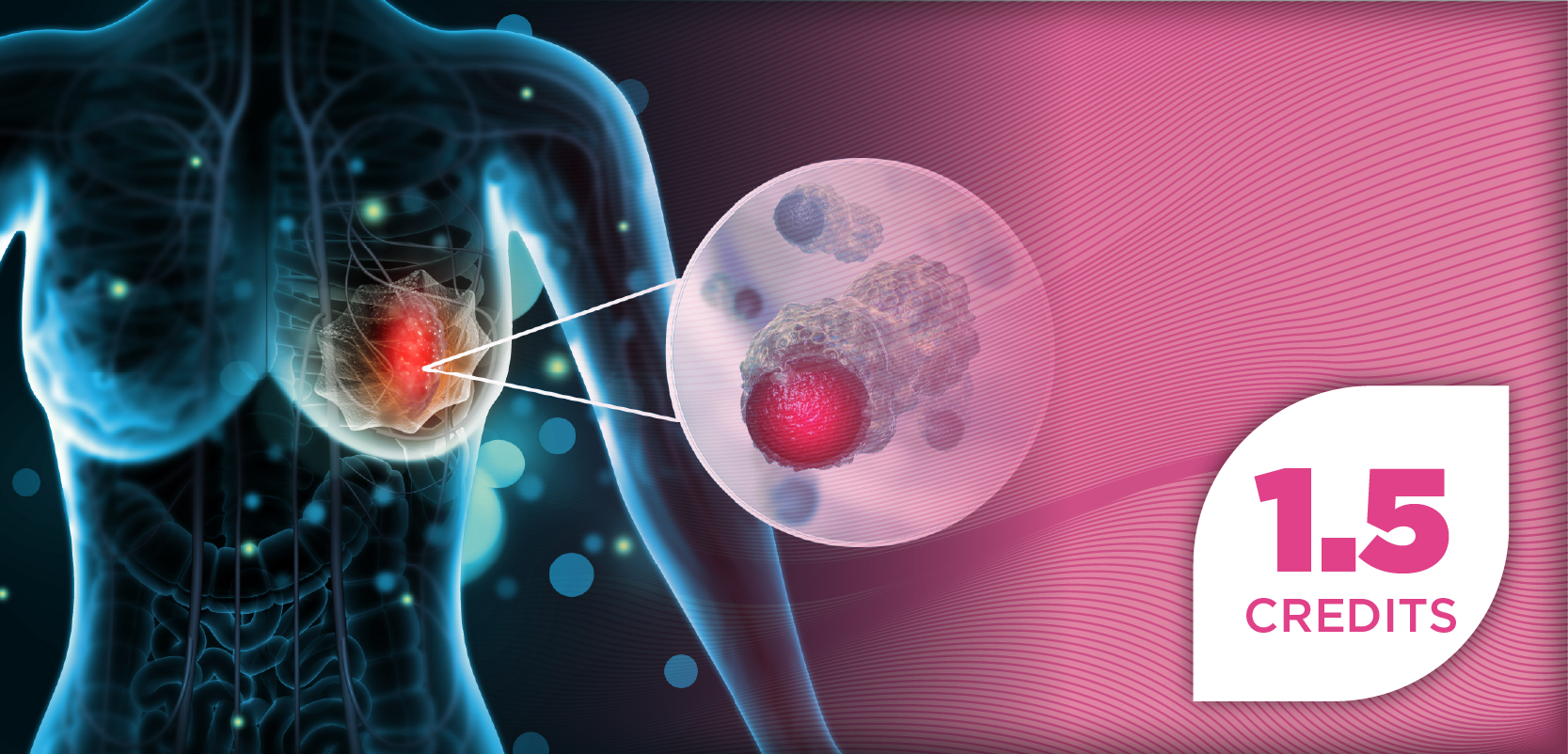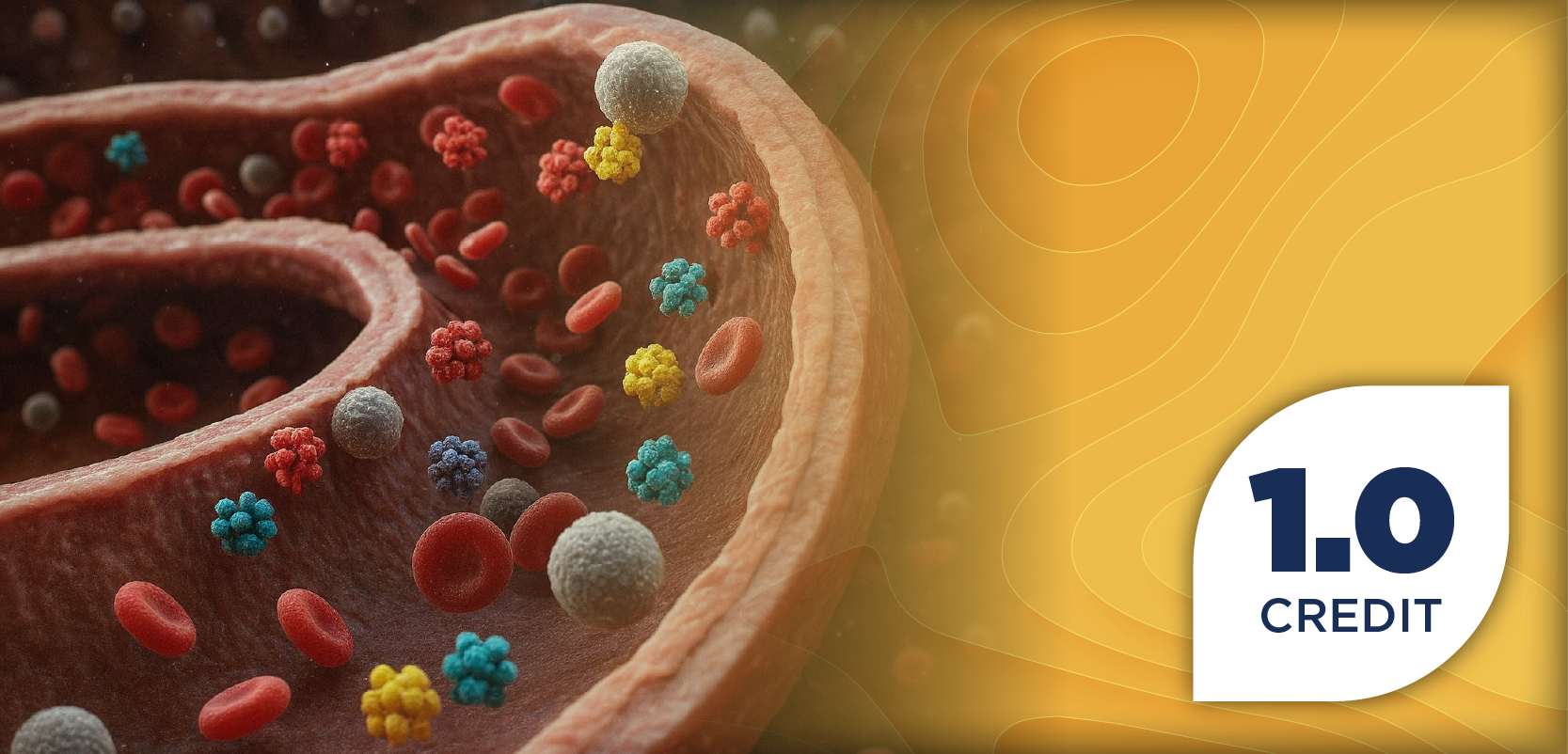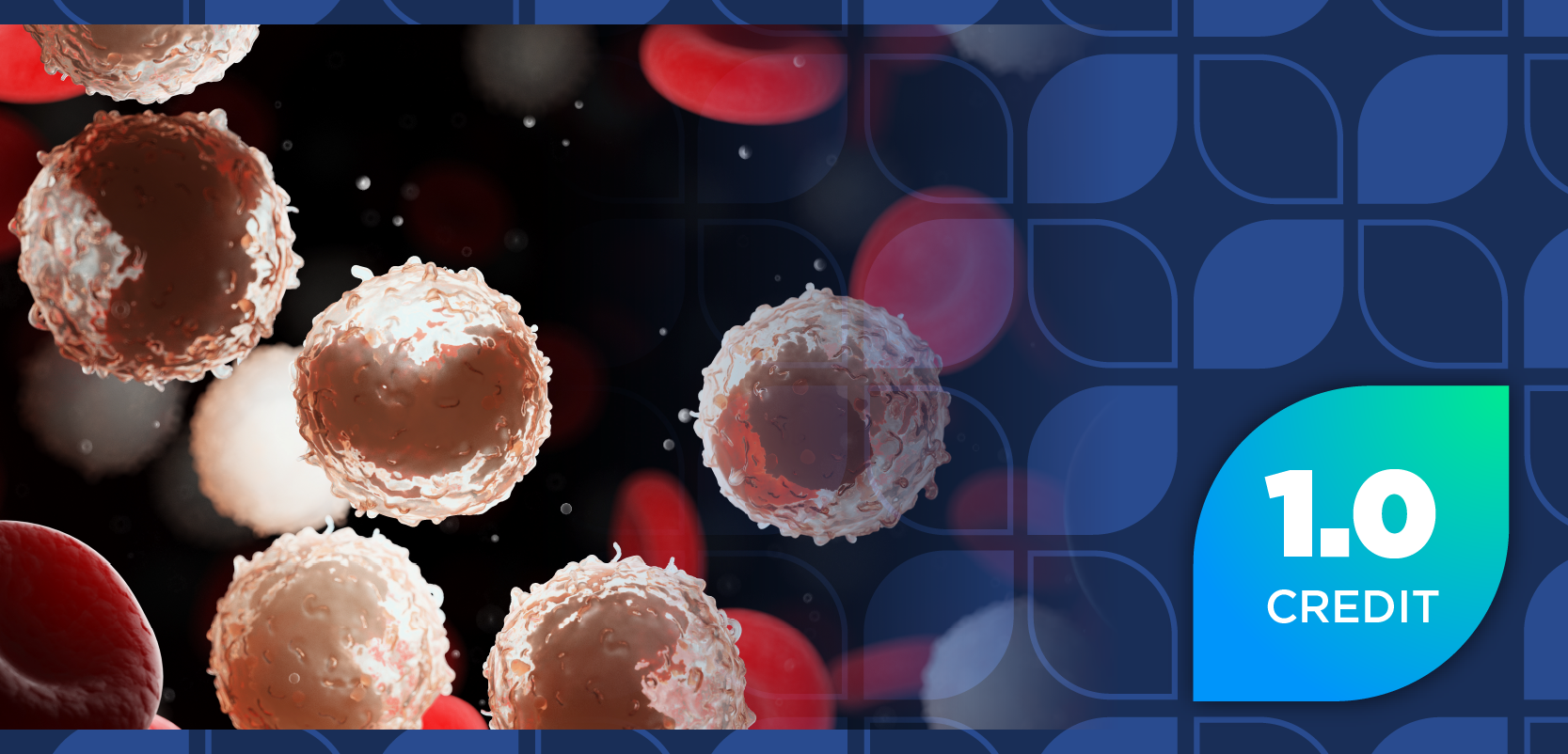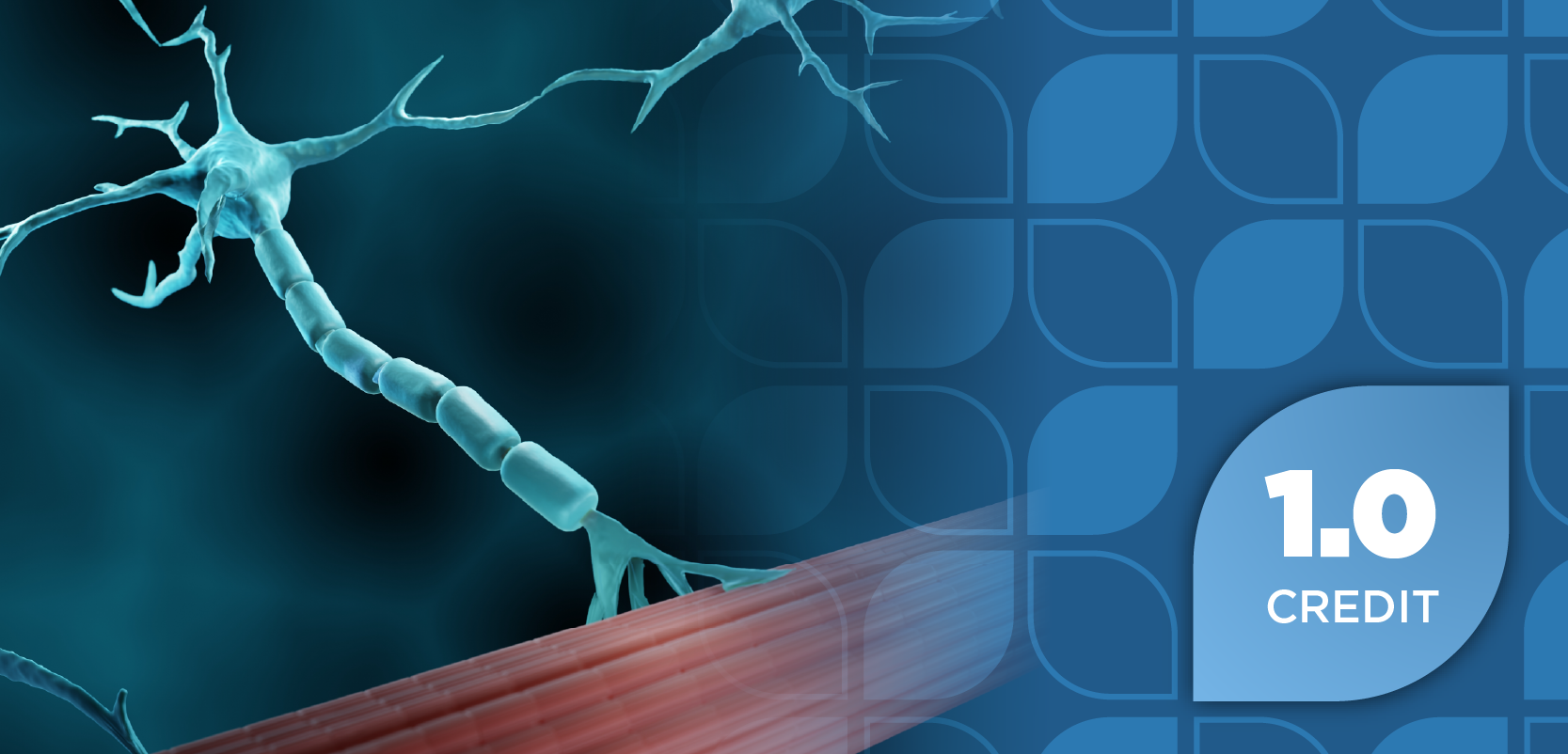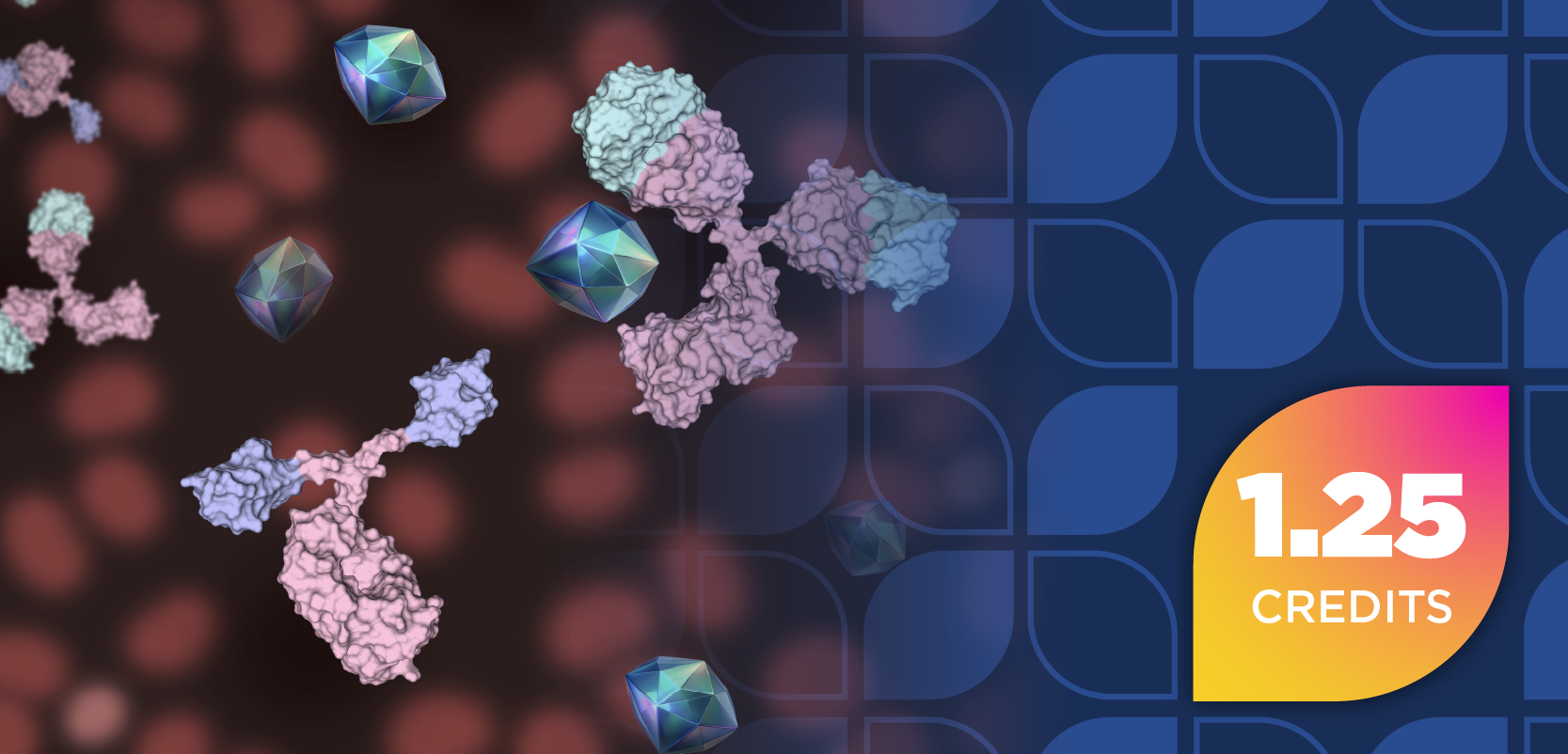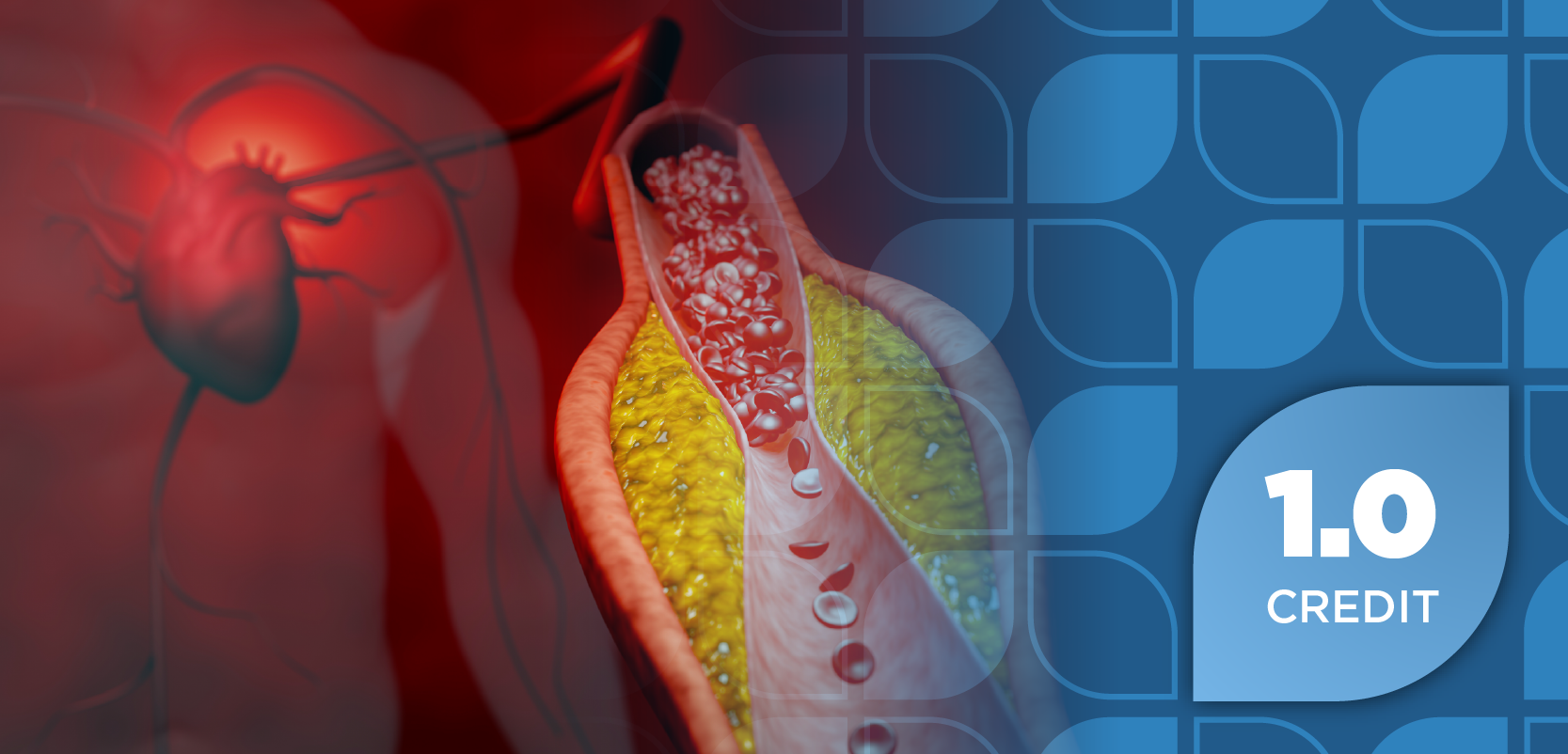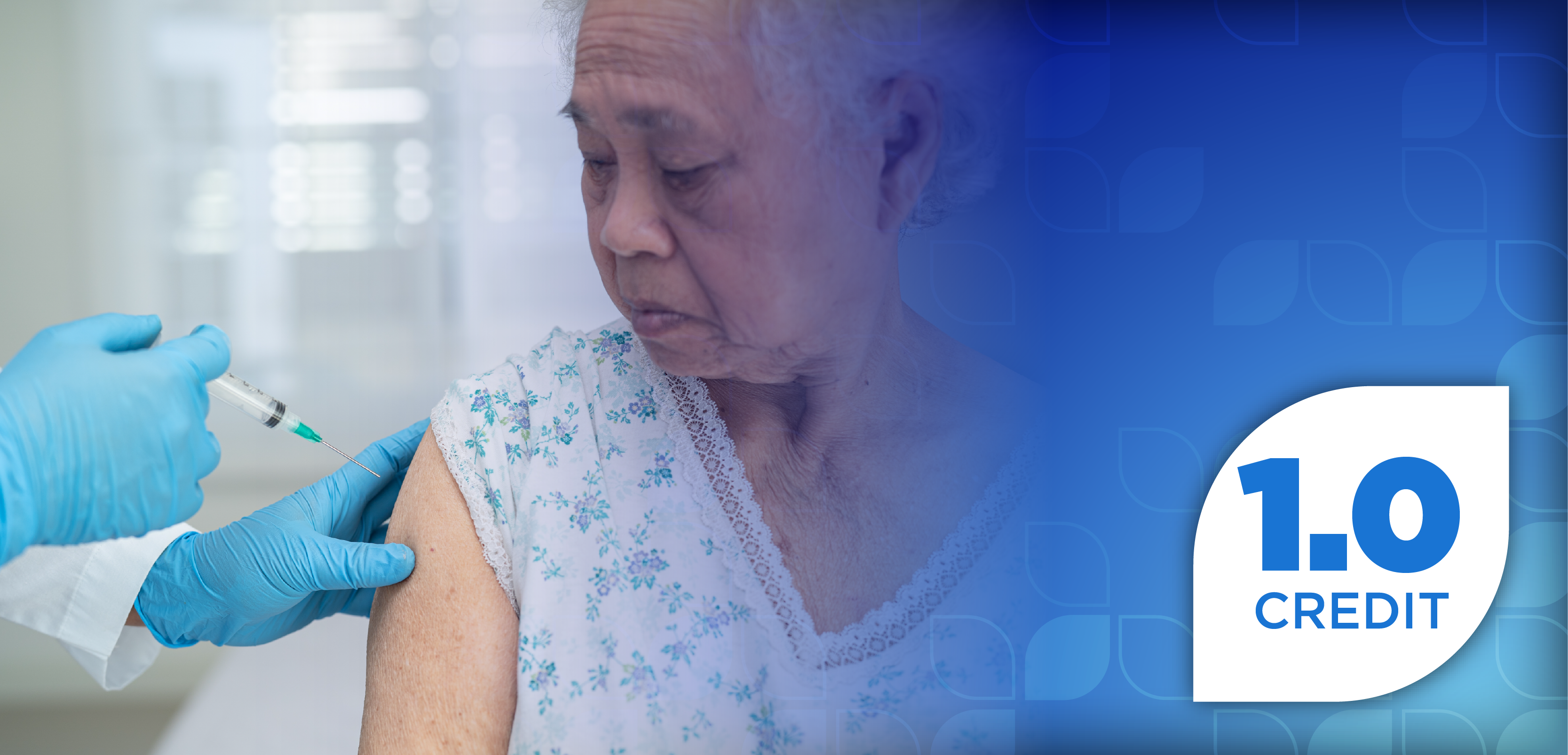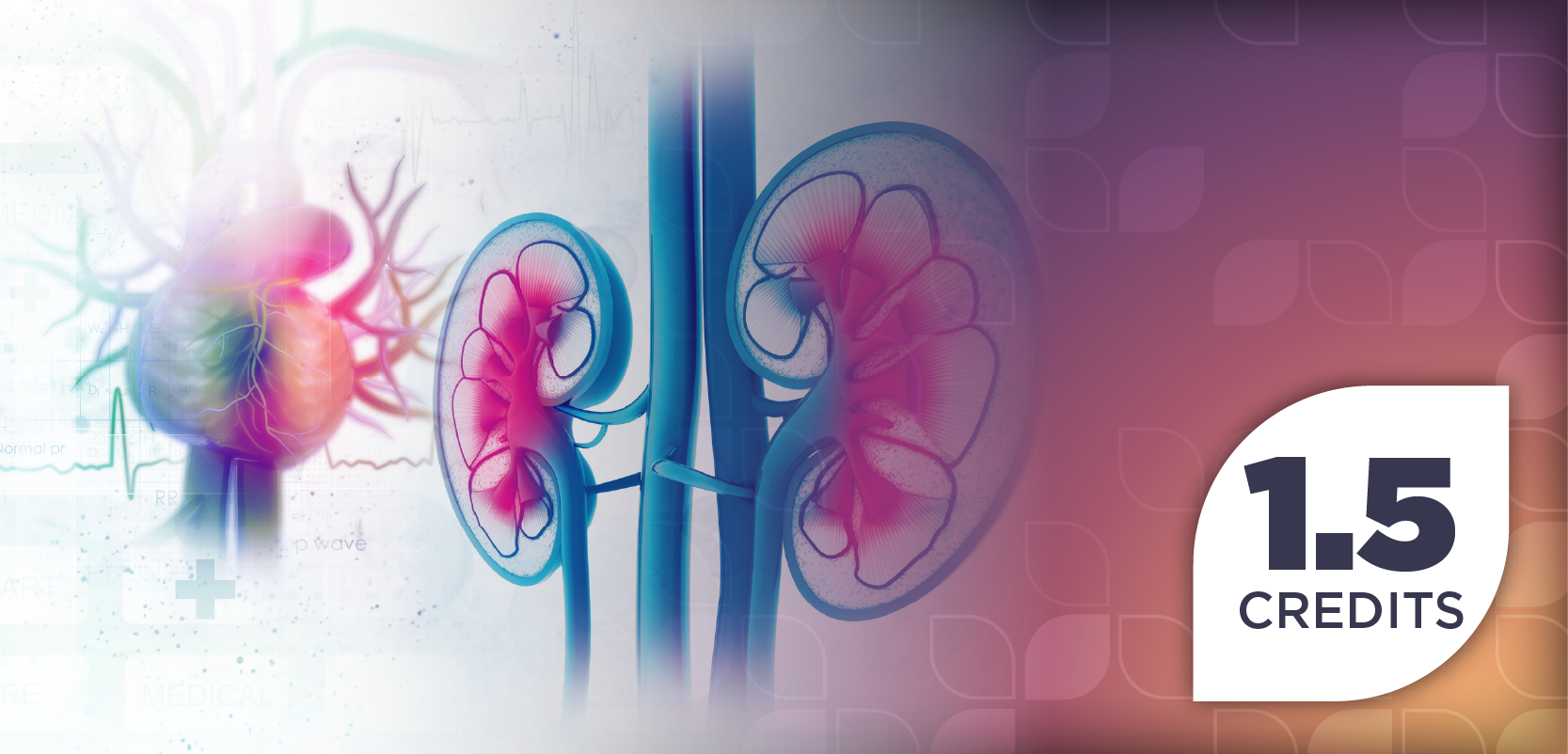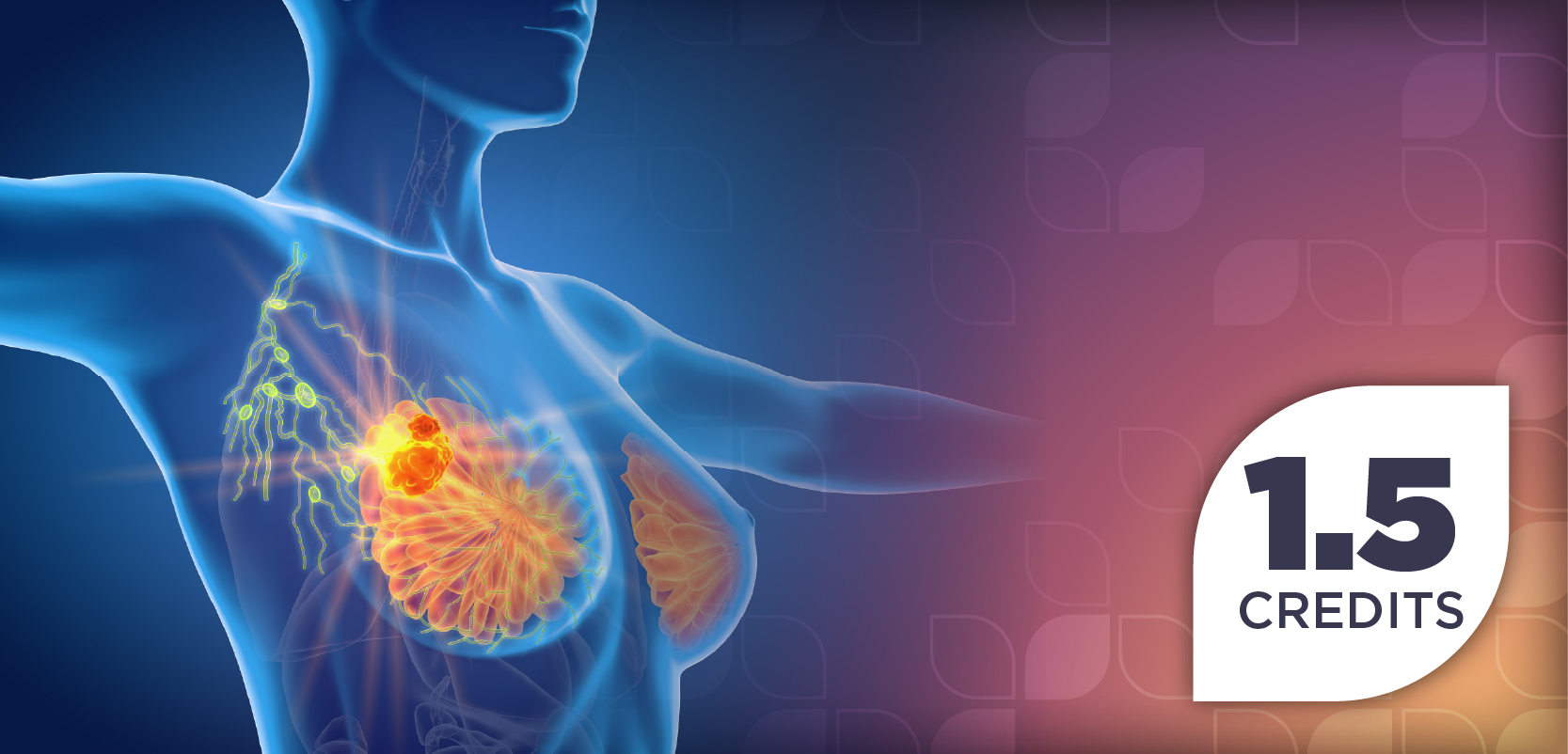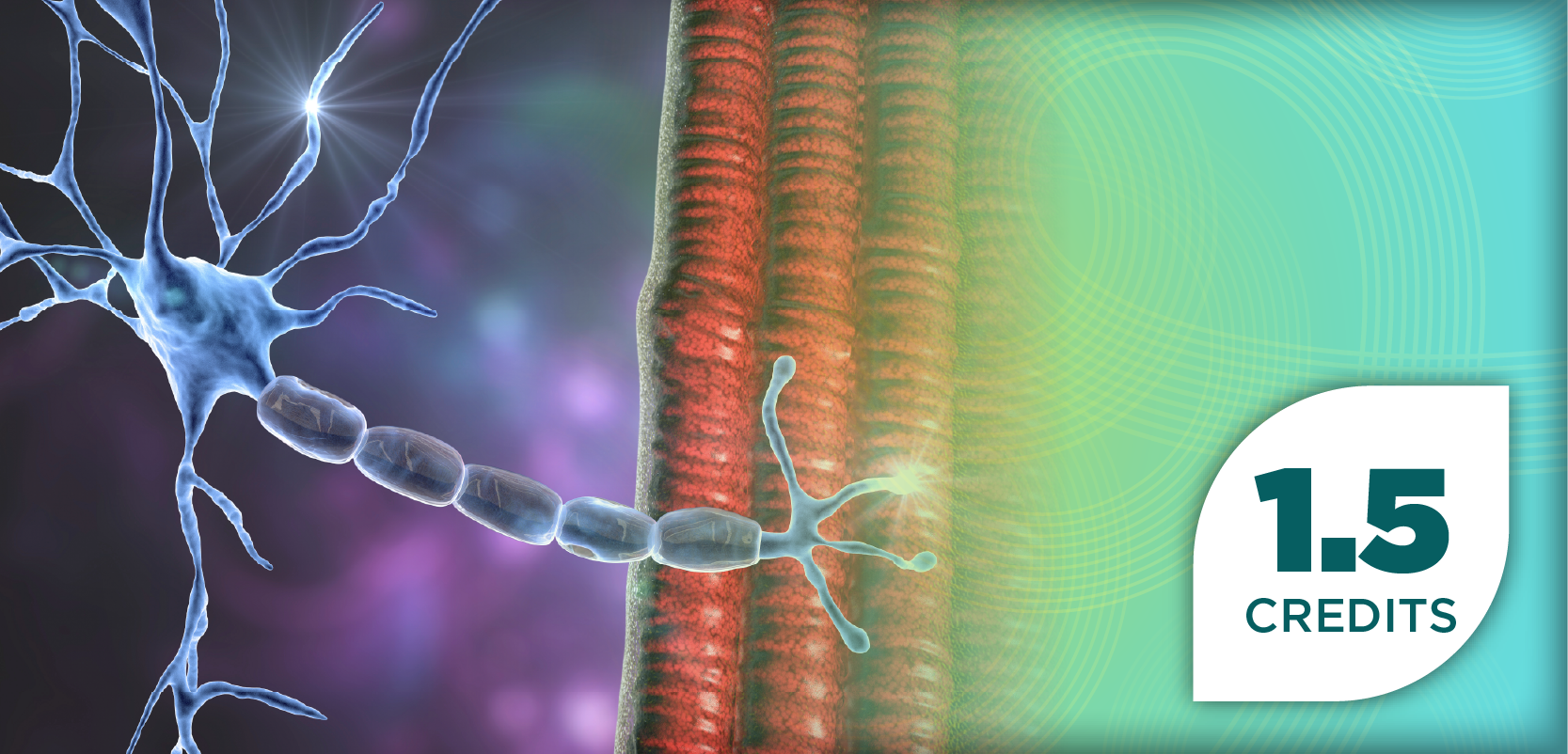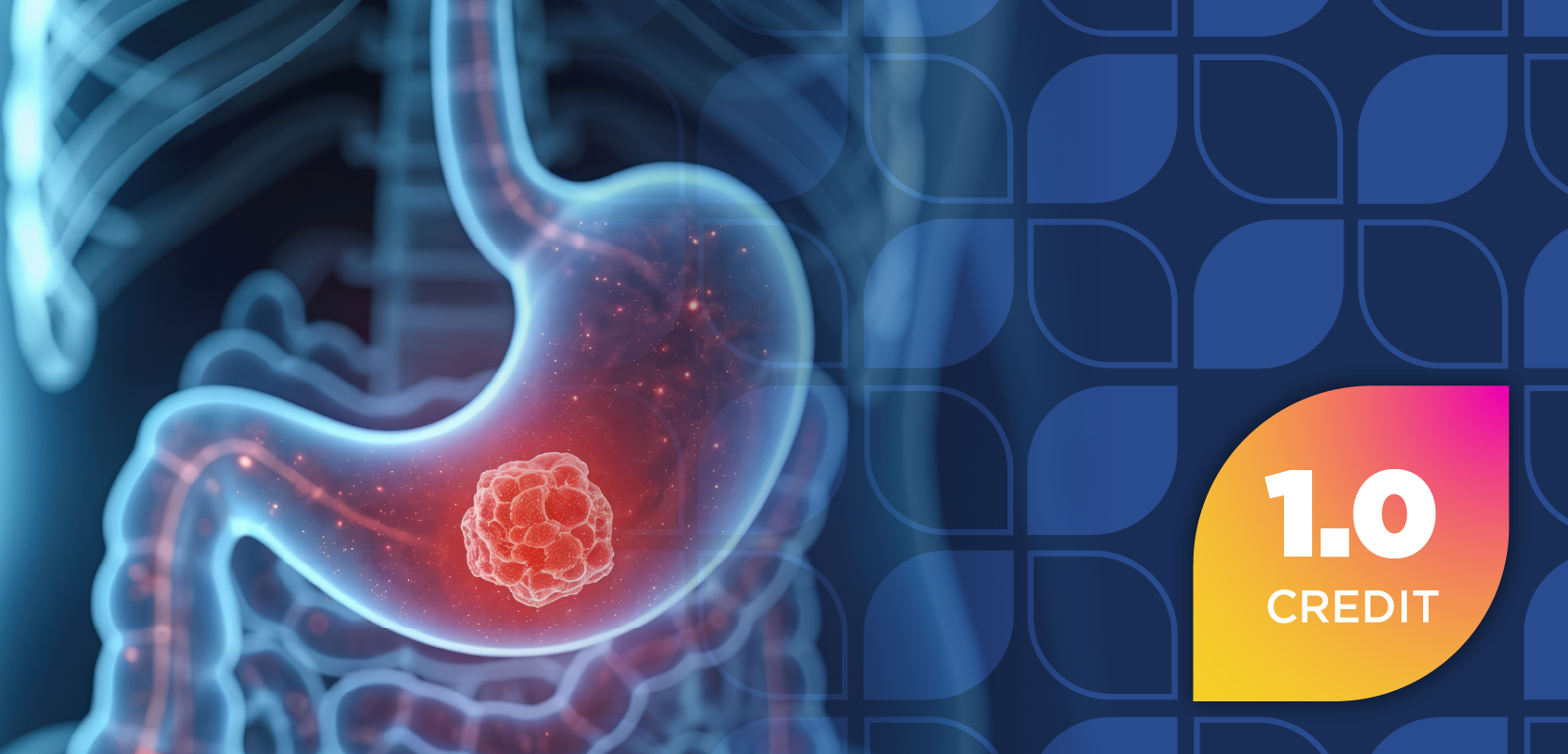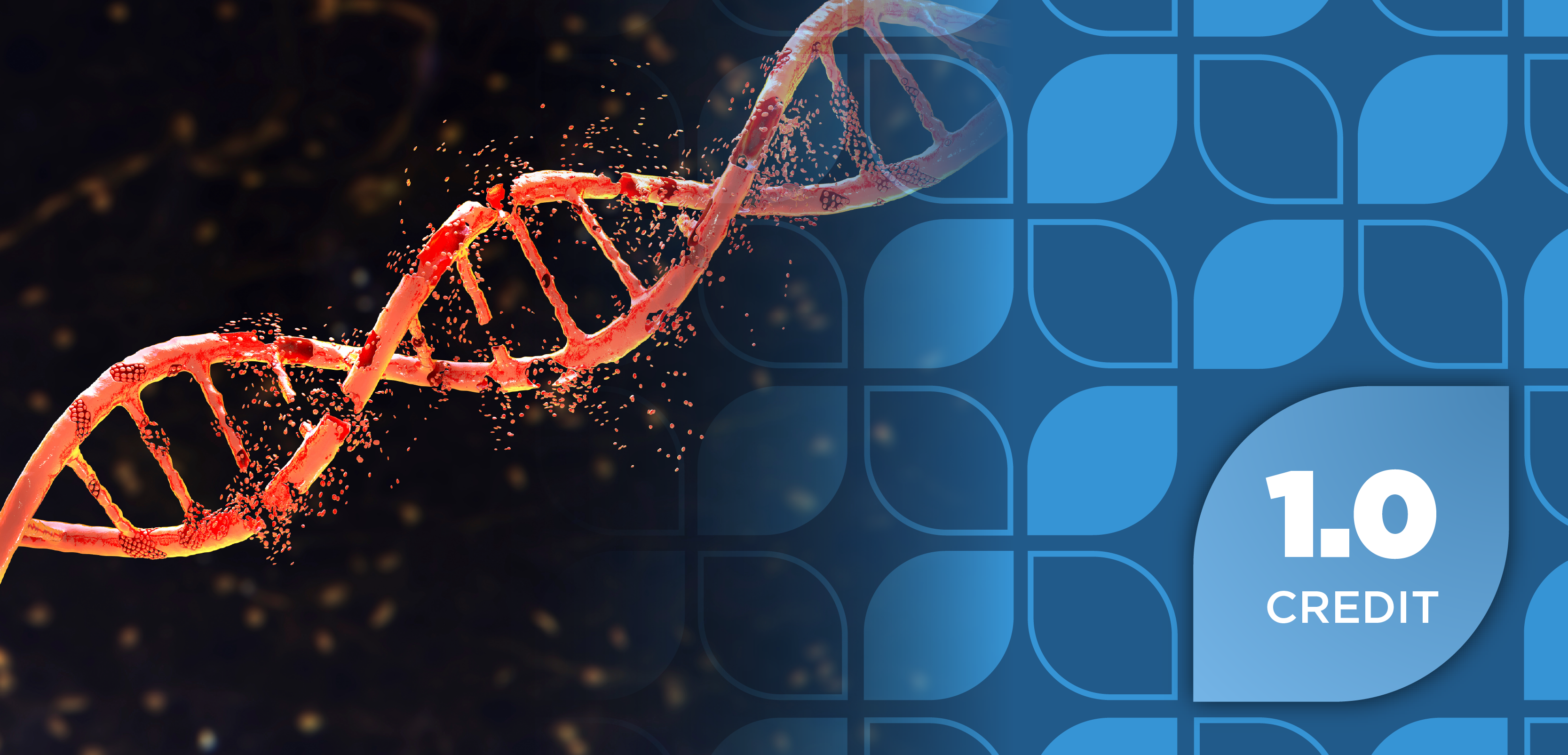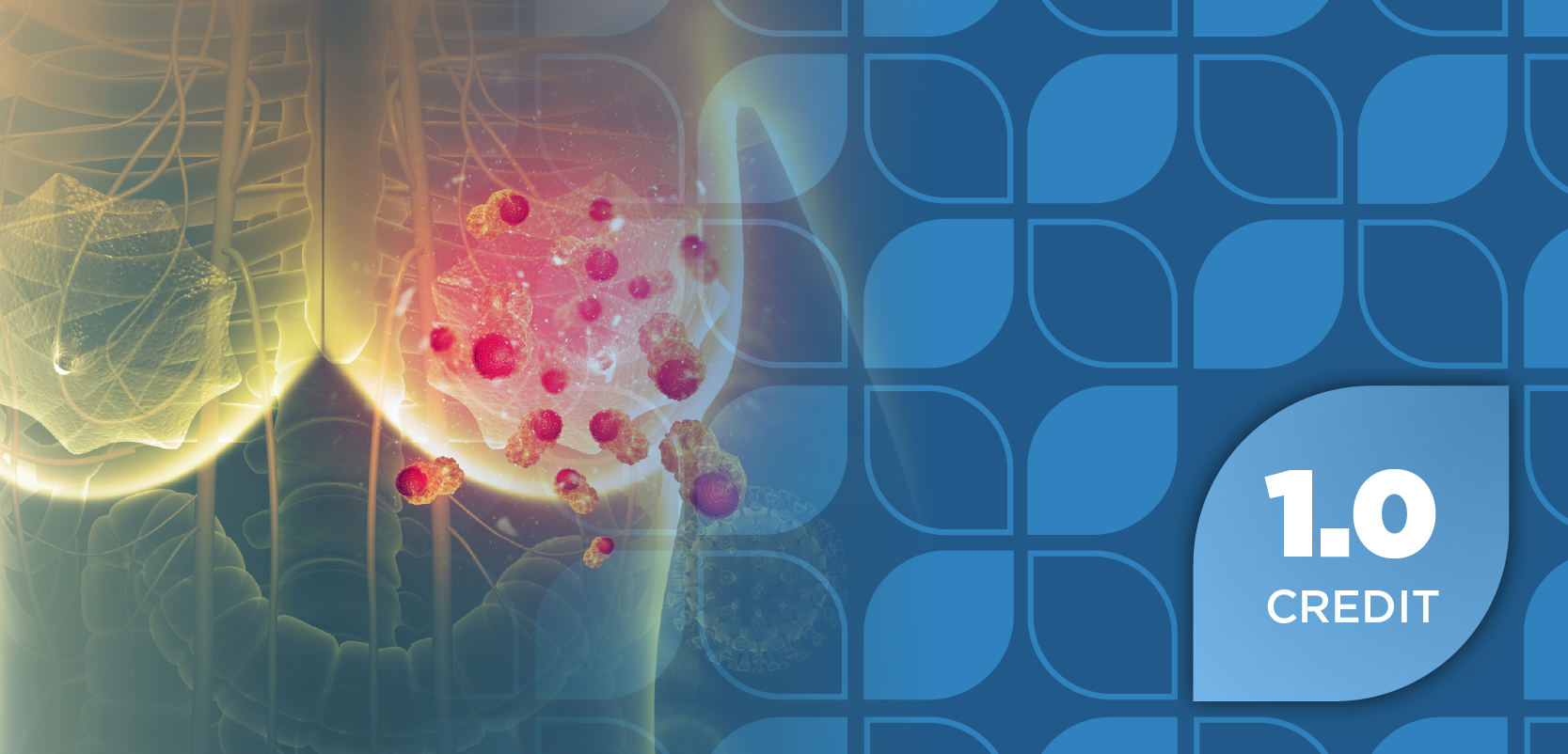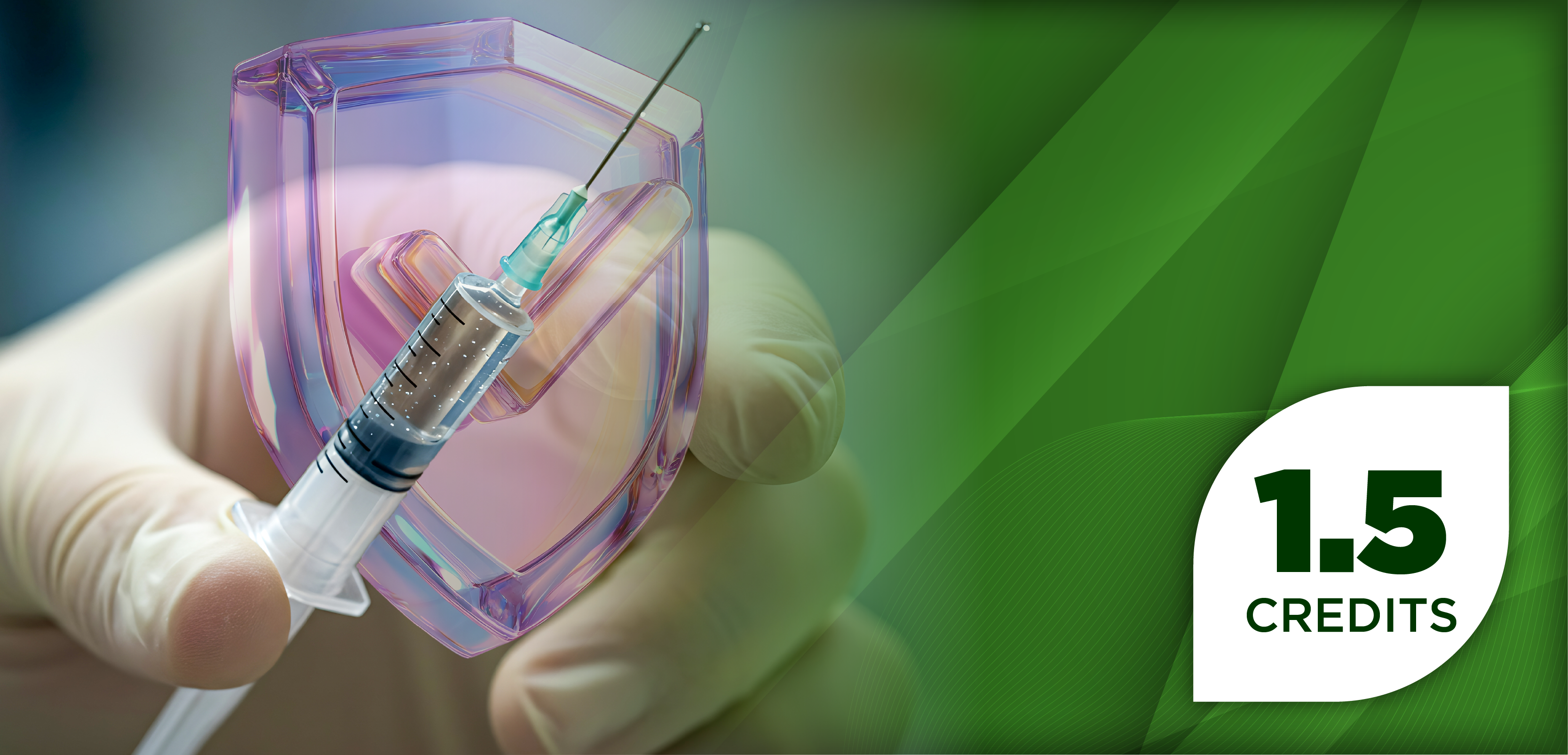
Engineered Fat Cells Starve Cancer and Slow Tumor Growth
Key Takeaways
- Adipose manipulation transplantation (AMT) may inhibit cancer progression by depriving cancer cells of essential nutrients.
- Engineered beige adipocytes, activated via CRISPR, suppress tumor growth by increasing glucose and fatty acid consumption.
The approach targets cancer glucose and fatty acid metabolism, which is essential for cancer cell growth.
Emerging research suggests that fat cells can starve cancer cells of nutrients, preventing them from proliferating or spreading to other parts of the body. The author’s findings, published in Nature Biotechnology, suggest that adipose manipulation transplantation (AMT) may substantially reduce cancer progression, offering a potential alternative to existing cancer therapies.1
Cancer is one of the leading causes of mortality in the US and around the world, affecting millions of individuals. For decades, radiation, chemotherapy, targeted treatments, and emerging immunotherapies have been the standard of care, which have greatly improved survival outcomes for patients. However, toxicities, mutations, and challenges posed by the tumor microenvironment (TME) highlight the need for continued advancements.1
The TME is comprised of a variety of cell populations that not only help the tumor survive but also aid in reprogramming metabolic pathways to better utilize and access nutrients needed to grow. There have been efforts to target cancer glucose and fatty acid metabolism, and emerging evidence shows that cold activation of brown adipose tissue (BAT), which dissipates energy by non-shivering thermogenesis, increases adipocyte glucose uptake and lipid metabolism, thereby significantly inhibiting tumor growth.1
BAT cells are activated to keep the body warm and utilize an abundance of nutrients to do so. In prior studies, exposure to cold stopped the growth of cancer in mice through the activation of BAT, essentially starving the cancer cells. This was also observed in a case of a patient with non-Hodgkin lymphoma. However, cold therapy is not an option for many patients who have fragile health.1-3
Nadav Ahituv, PhD, a director of the University of California San Francisco Institute for Human Genetics and professor in the Department of Bioengineering and Therapeutic Sciences, and his colleague Hai Nguyen, PhD, assistant professor at the University of Texas Austin, hypothesized that this could be overcome by utilizing beige fat, which is the “hungriest” between brown and white adipocytes. They used CRISPR to activate dormant genes in white adipocytes to turn them into beige cells and identified a promising gene called UCP1.1,3
When they injected or placed the modified adipocytes within animal model tumors, cancer cell growth was significantly suppressed through increased expression of UCP1 proteins. This allowed modified adipocytes to consume more glucose and fatty acids, thereby preventing cancer cells from utilizing those resources.1
“In our very first trans-well experiment, very few cancer cells survived. We thought we had messed something up—we were sure it was a mistake,” Ahituv said in an article by UCSF. “So, we repeated it multiple times, and we kept seeing the same effect.”3
In experiments with genetically engineered mouse models of pancreatic and breast cancer, transplanting these modified adipose organoids led to reduced tumor size, decreased blood vessel formation, and lower oxygen deprivation within the tumor environment. Similarly, when patient-derived tumor organoids from human breast cancer samples were co-cultured with these engineered adipocytes, cancer progression and proliferation were markedly slowed.1
The authors also reported that cancer growth was impaired when these engineered adipocytes were induced to outcompete tumors through the administration of tetracycline or by embedding them in a scaffold-based delivery system implanted near tumors. In a separate approach, they found that modifying adipose organoids to upregulate UPP1, an enzyme that breaks down uridine, allowed them to compete with pancreatic ductal adenocarcinoma, effectively starving the tumor and suppressing its growth.1
Another benefit of AMT and the utilization of engineered adipocytes is that they are easy to obtain from patients and manufacture in a lab. They can be engineered to express different genes and appear to respond well once reintroduced to the body.3
“With fat cells, there’s less interaction with the environment, so there’s very little worry of the cells leaking out into the body, where they might cause problems,” Ahituv explained.3
These findings suggest that AMT could be a powerful, customizable strategy for combating various cancers by depriving tumors of essential metabolic resources. Although more research is needed to translate these findings into clinical applications, it represents a novel approach to cancer treatment leveraging the body’s own metabolic processes. By harnessing the ability of engineered fat cells to outcompete tumors for nutrients, researchers may pave the way for less toxic and more targeted therapies.
REFERENCES
1. Nguyen H.P., An K, Ito Y, et al. Implantation of engineered adipocytes suppresses tumor progression in cancer models. Nat Biotechnol. February 4, 2025. doi:10.1038/s41587-024-02551-2
2. Brown fat. Cleveland Clinic. August 7, 2022. Accessed February 21, 2025. https://my.clevelandclinic.org/health/body/24015-brown-fat
3. How hungry fat cells could someday starve cancer to death. University of California San Francisco. February 4, 2025. Accessed February 21, 2025. https://www.ucsf.edu/news/2025/01/429411/how-hungry-fat-cells-could-someday-starve-cancer-death
Newsletter
Stay informed on drug updates, treatment guidelines, and pharmacy practice trends—subscribe to Pharmacy Times for weekly clinical insights.

